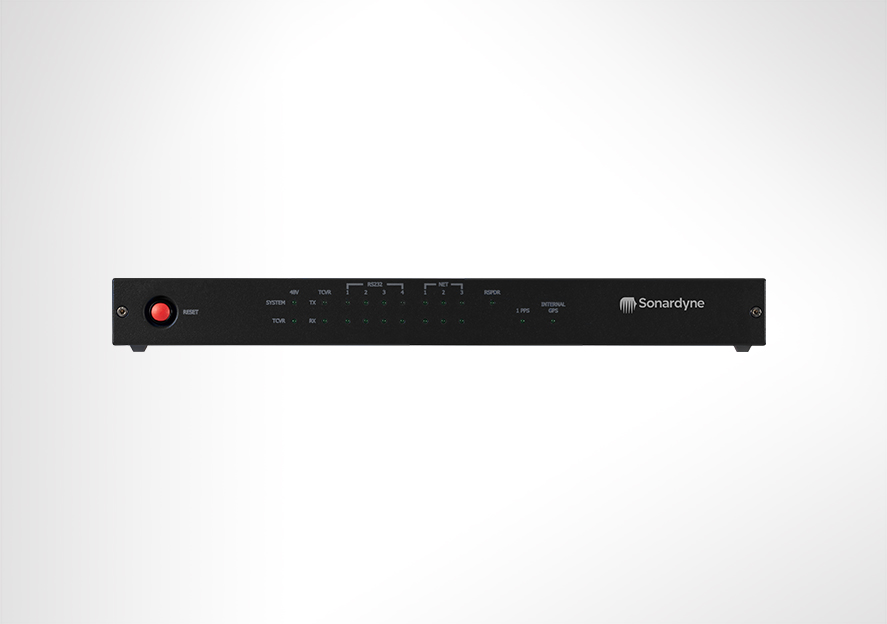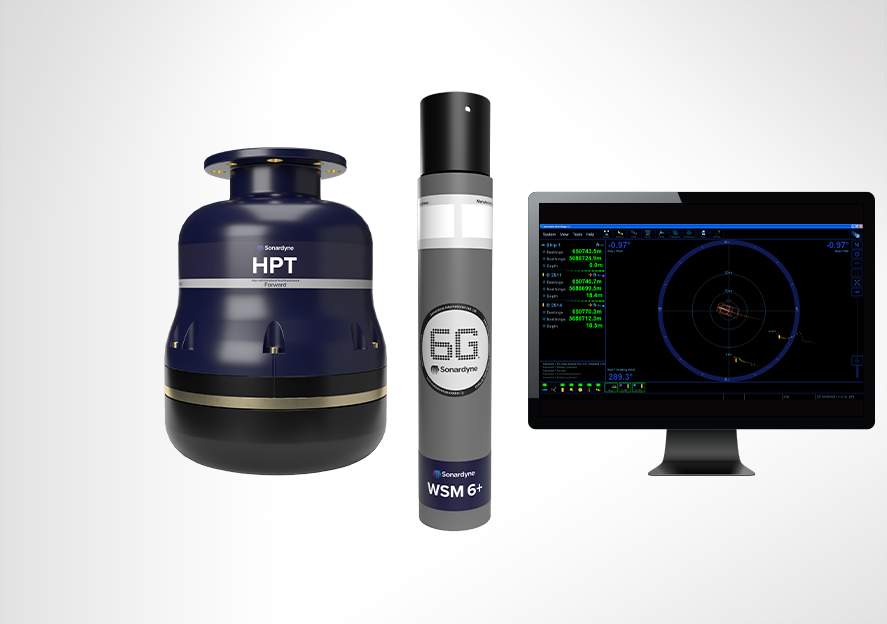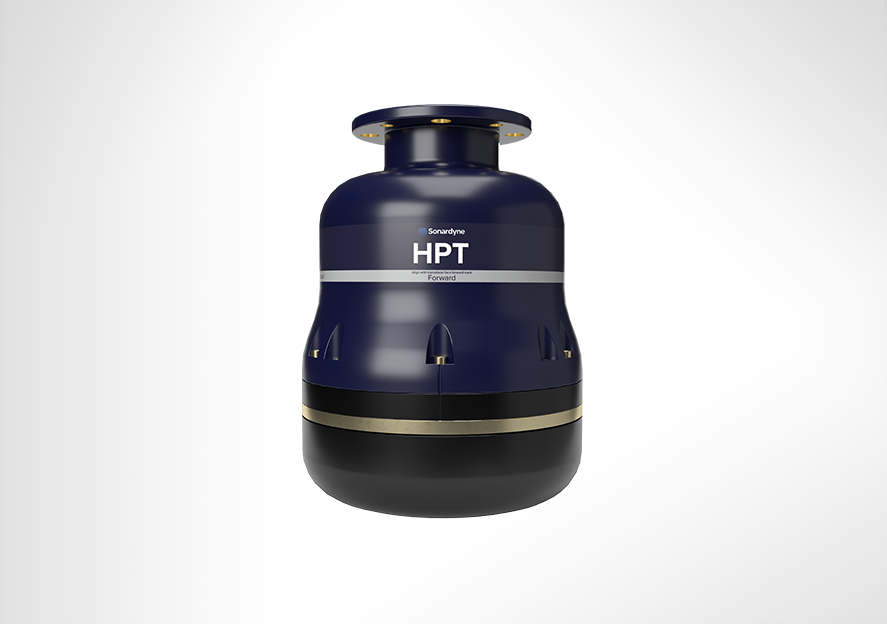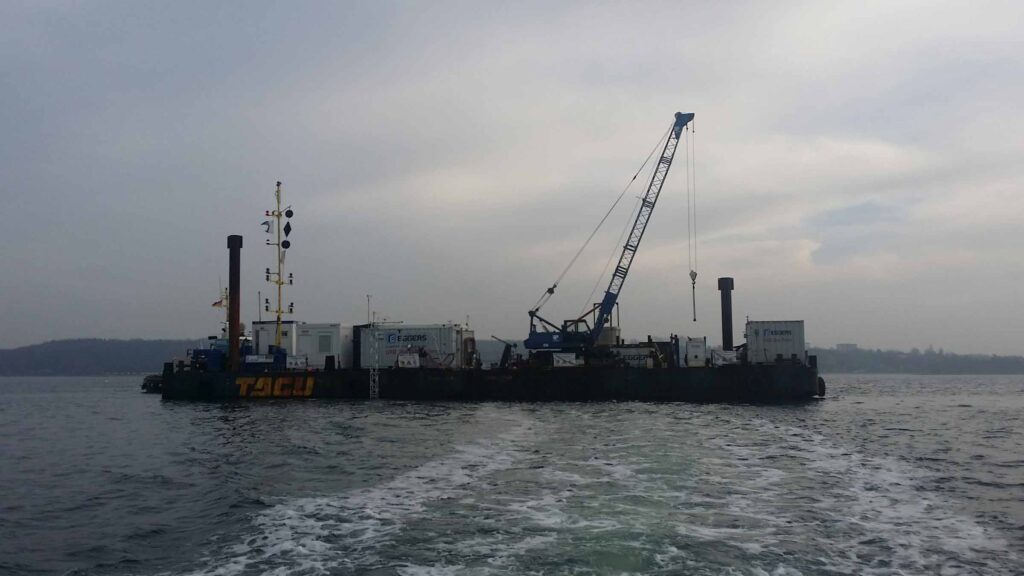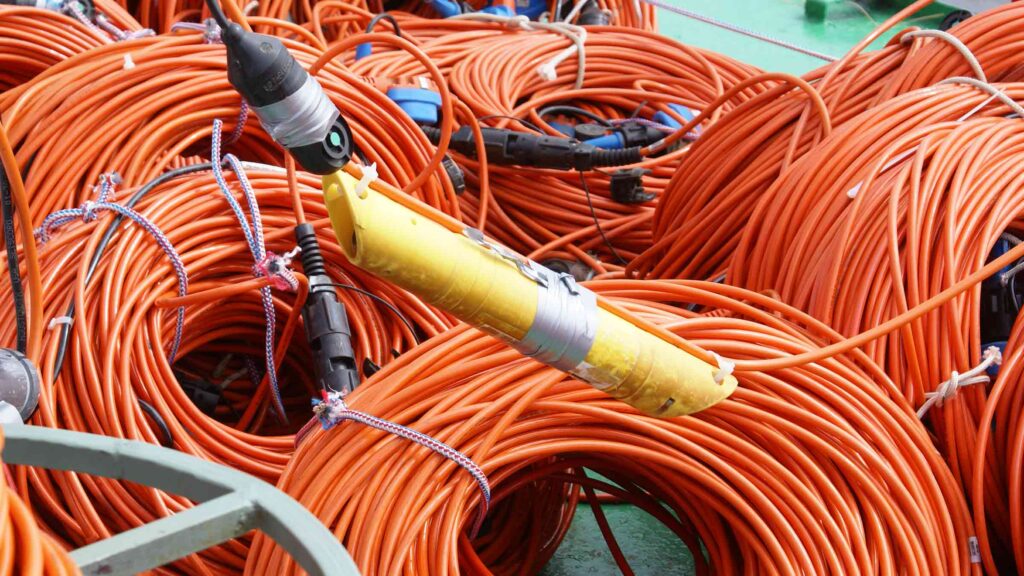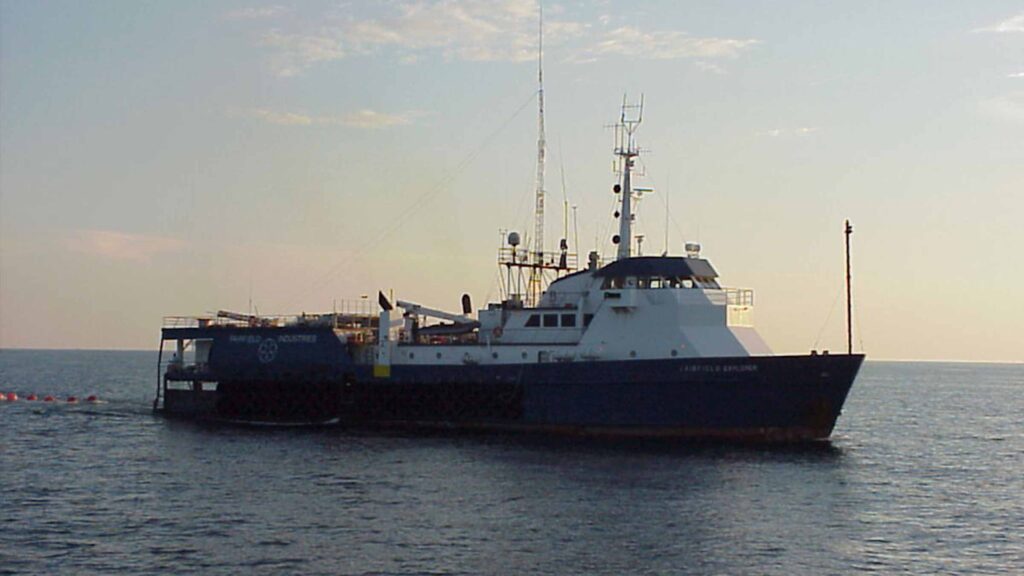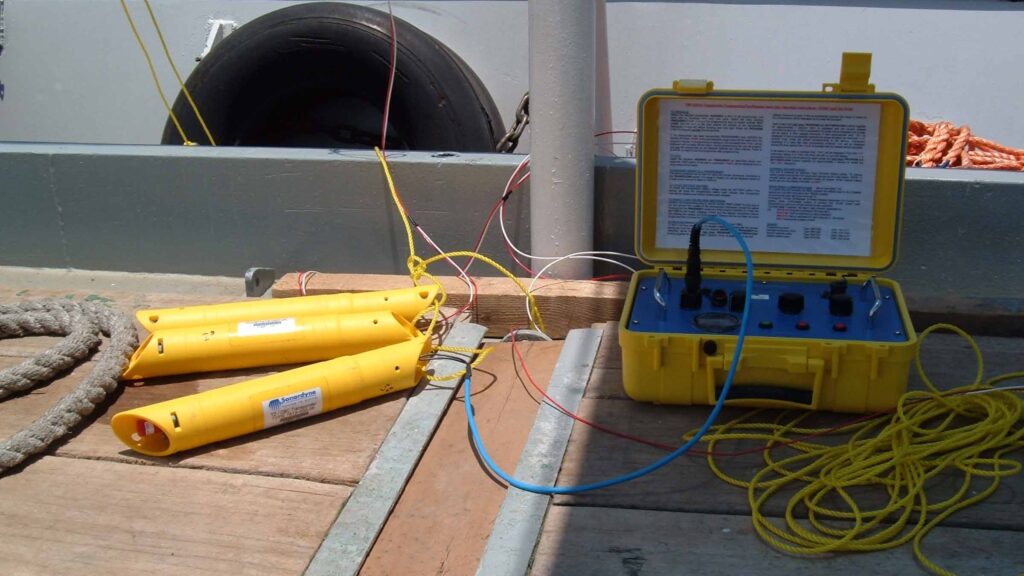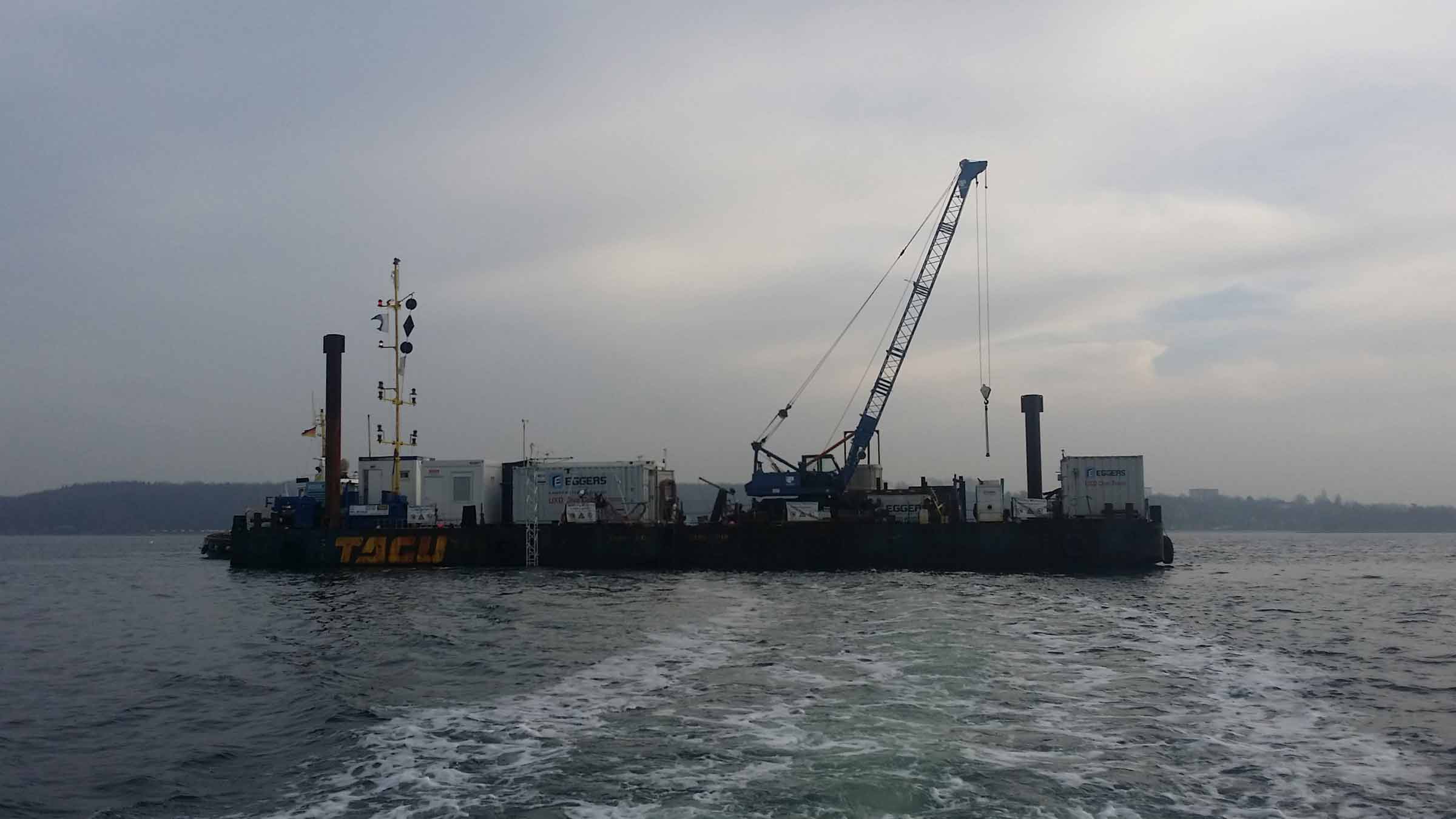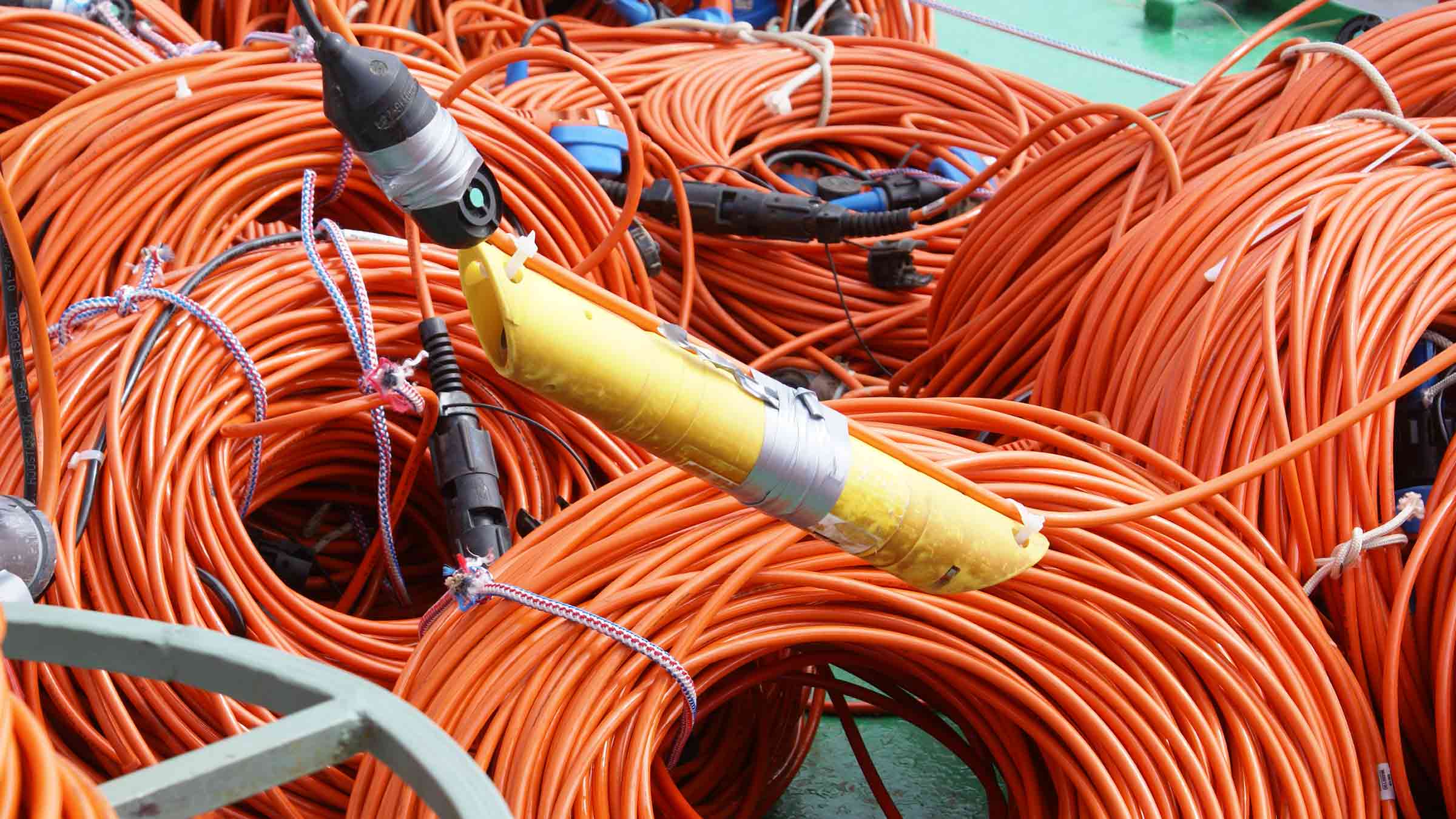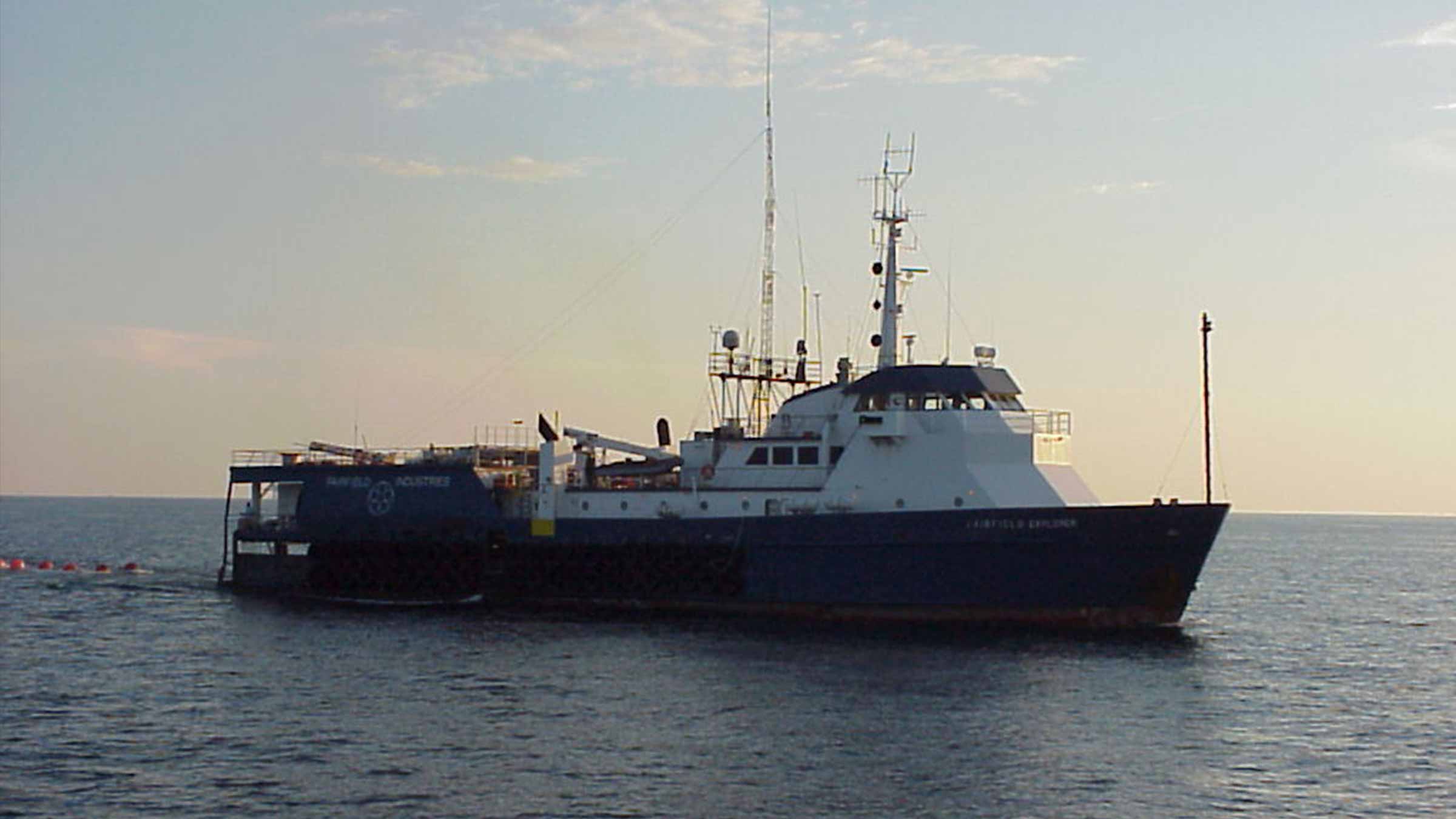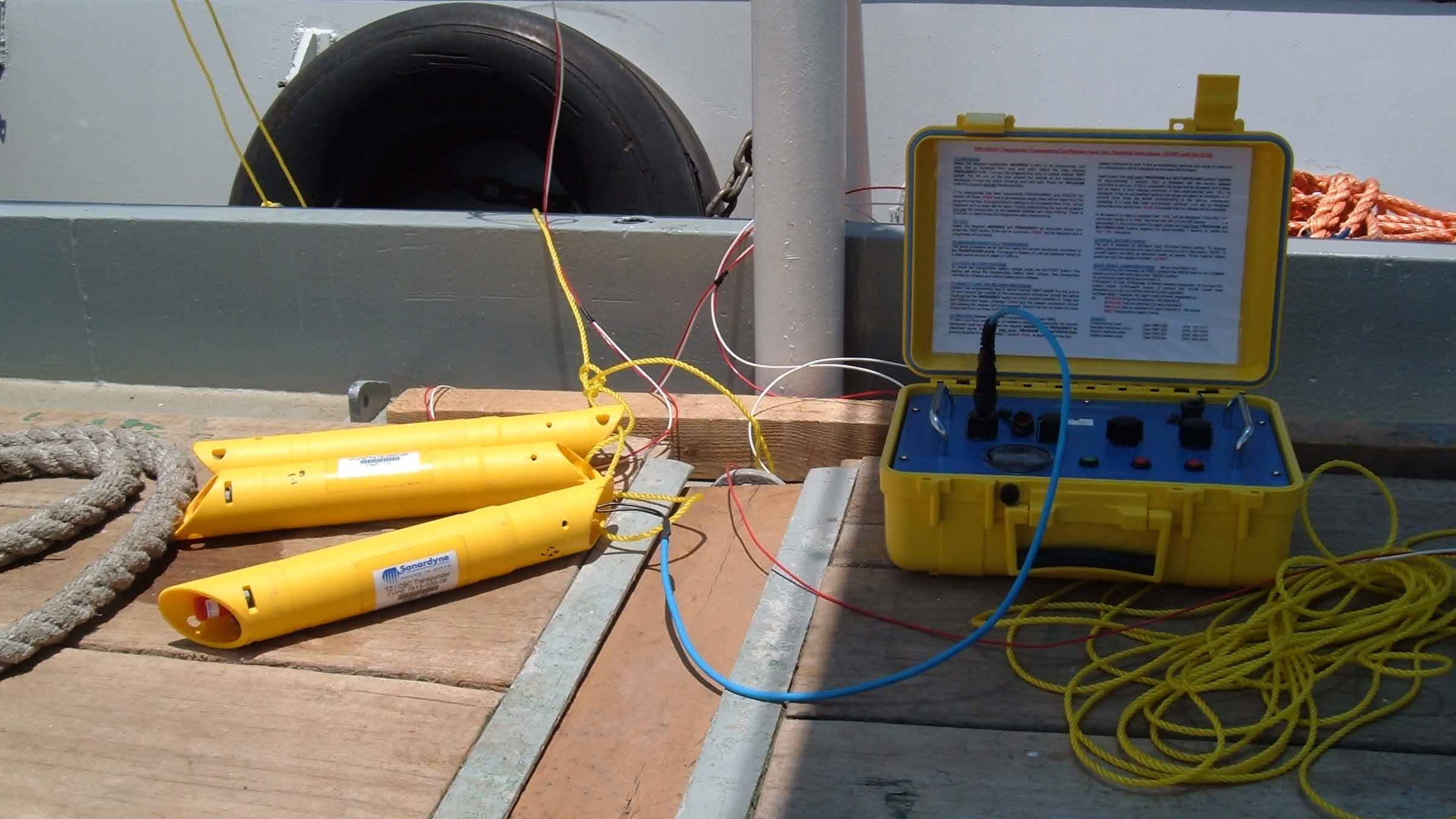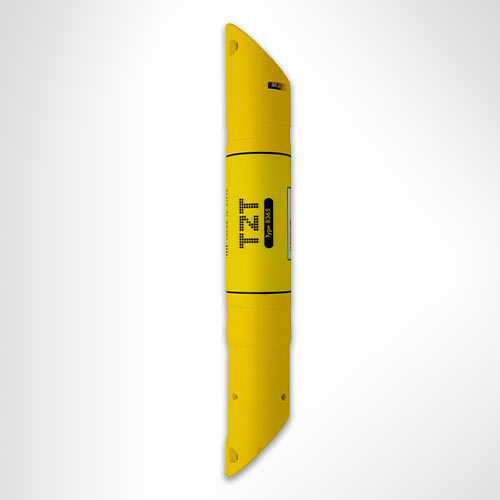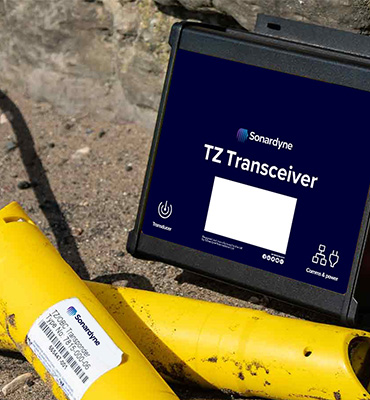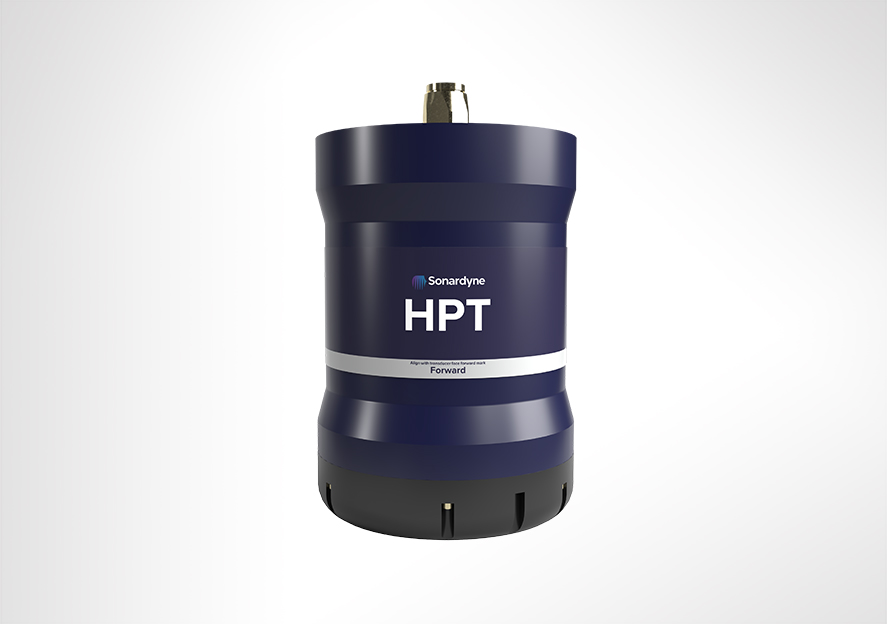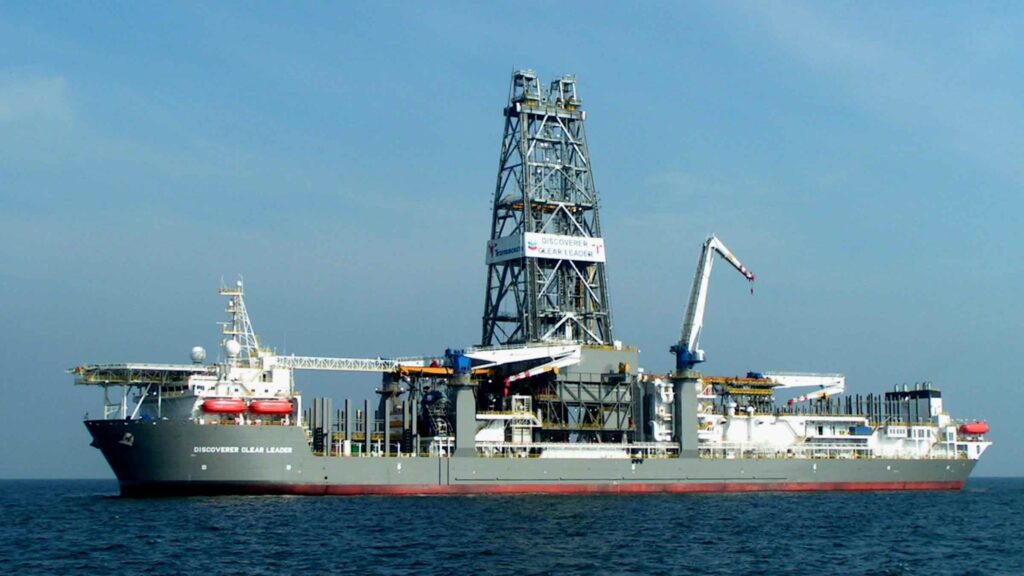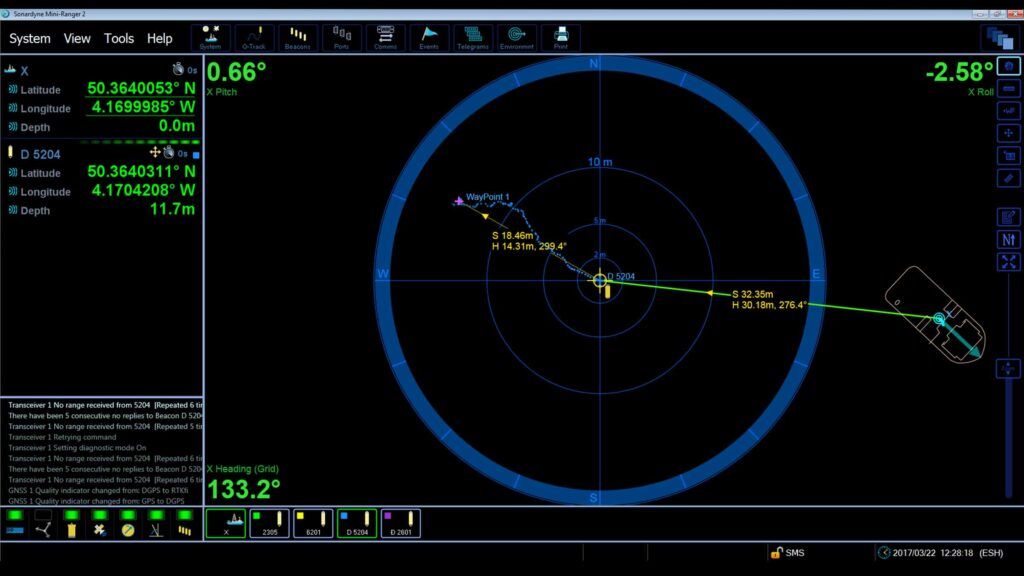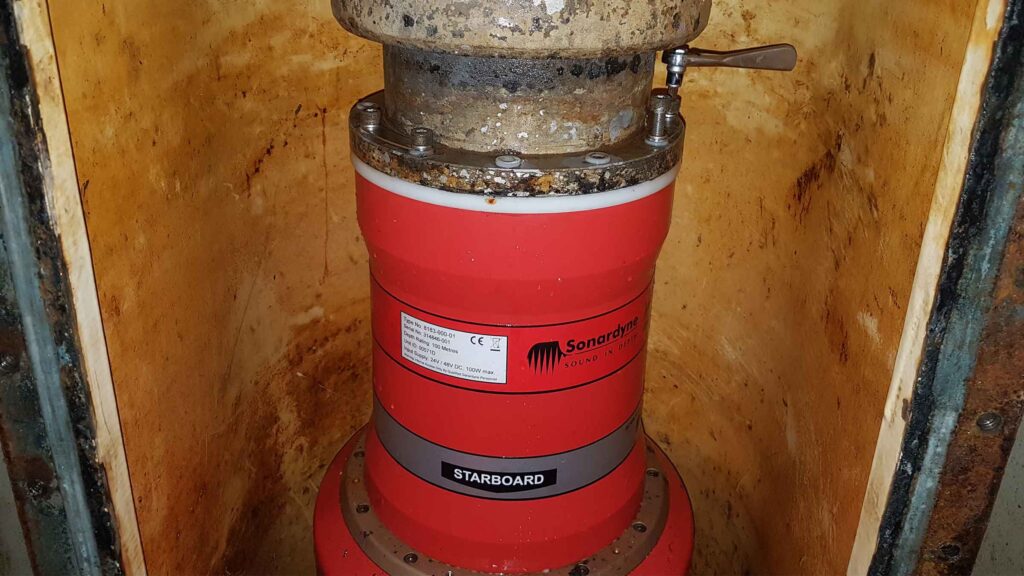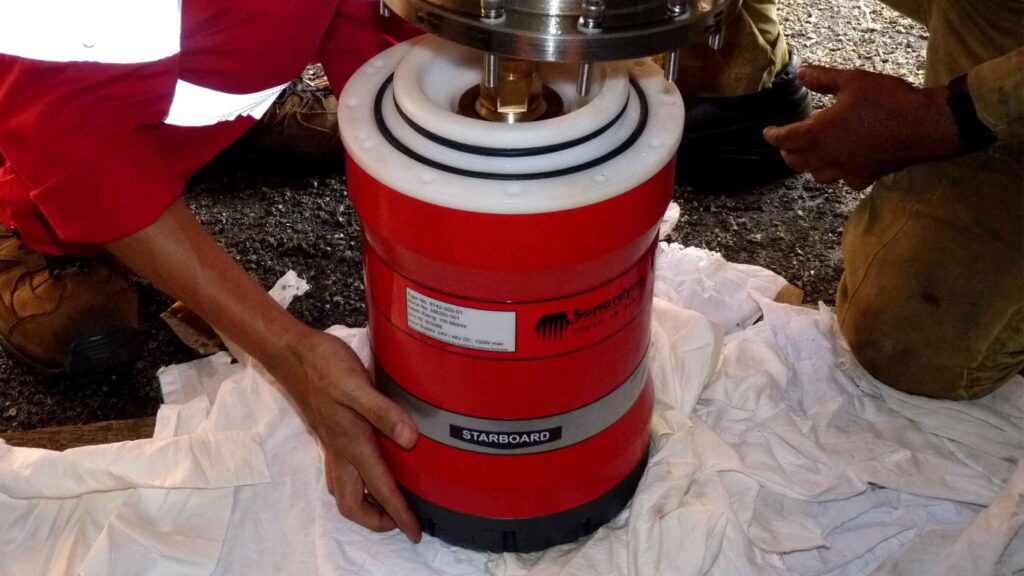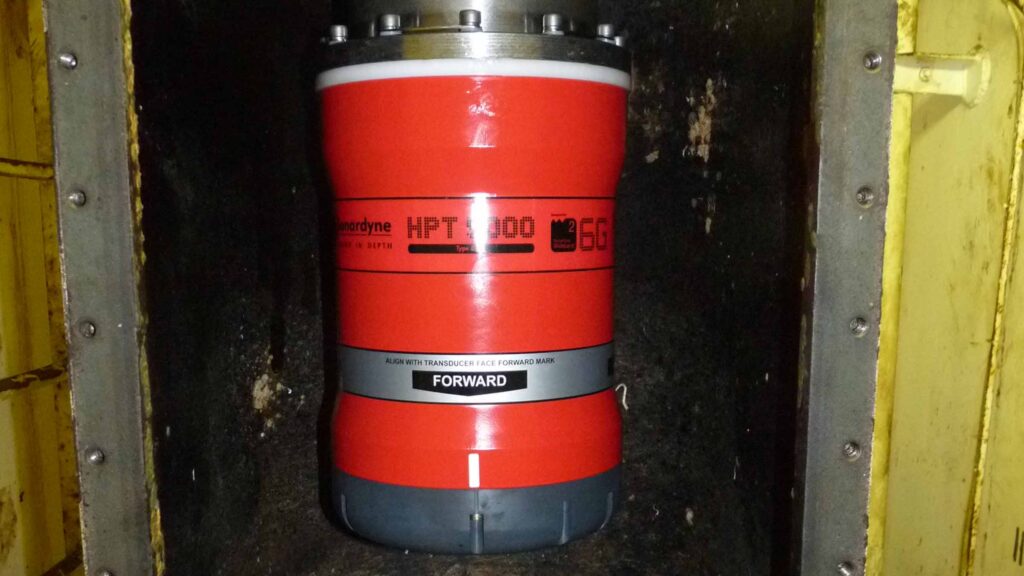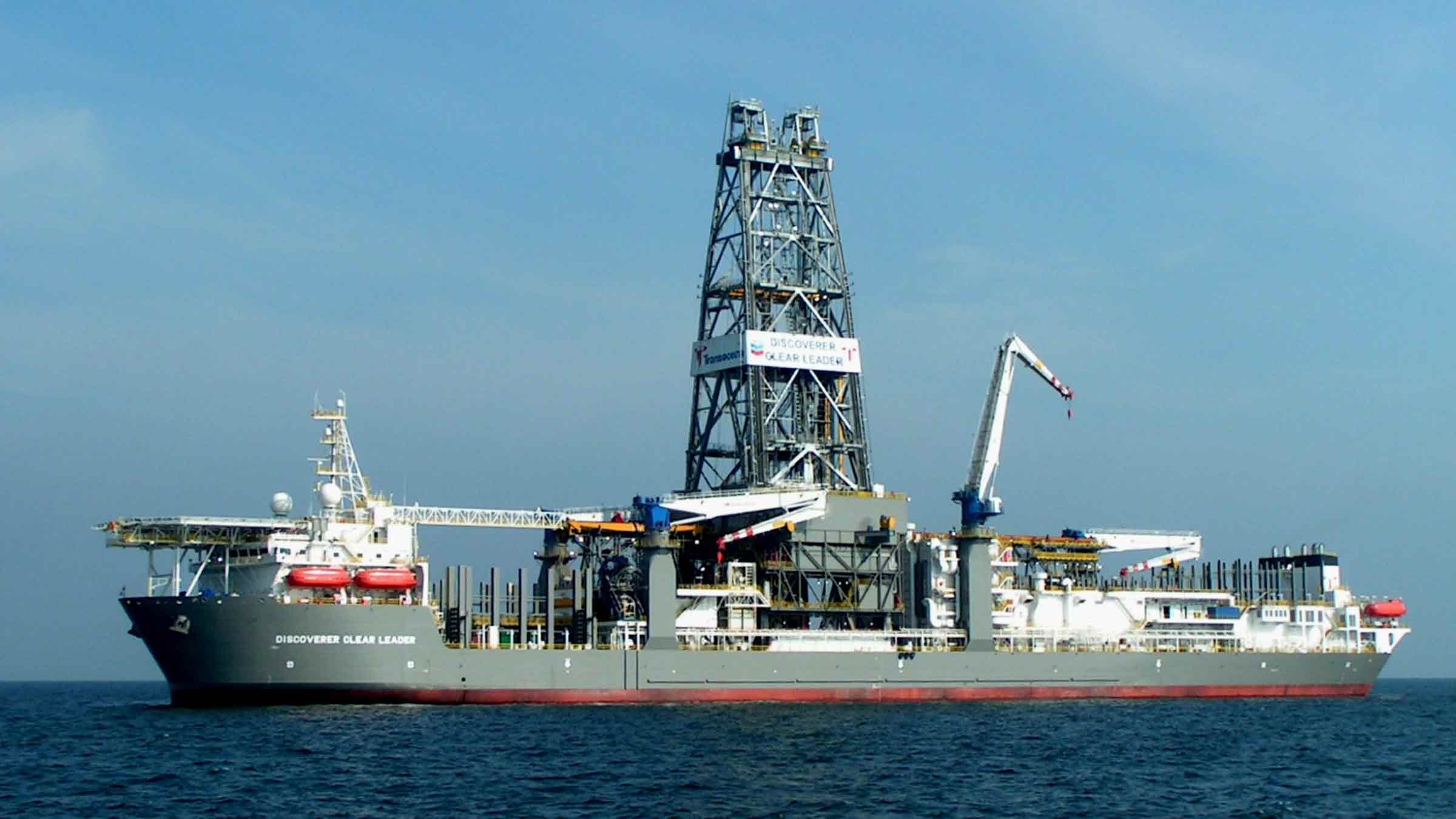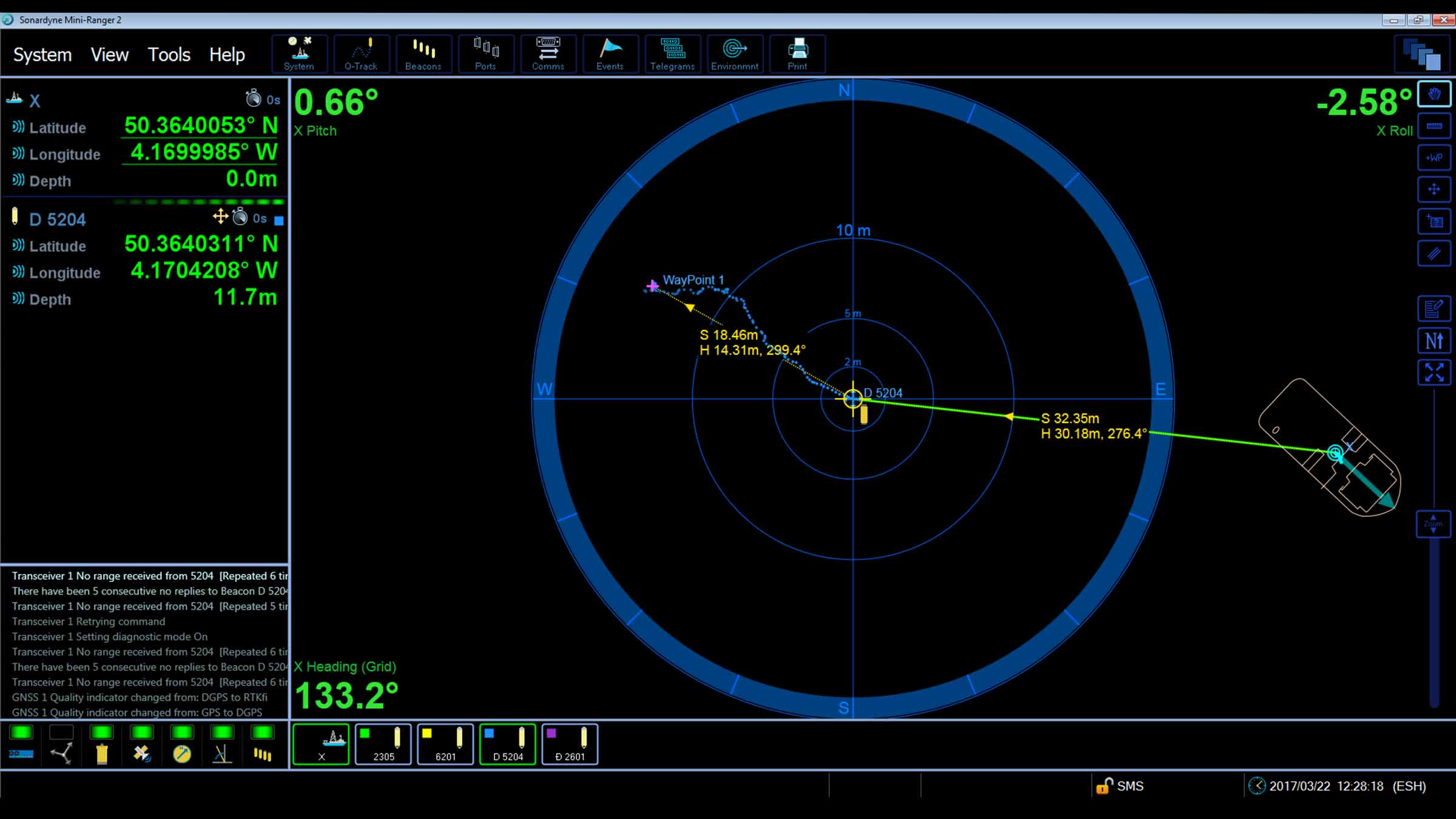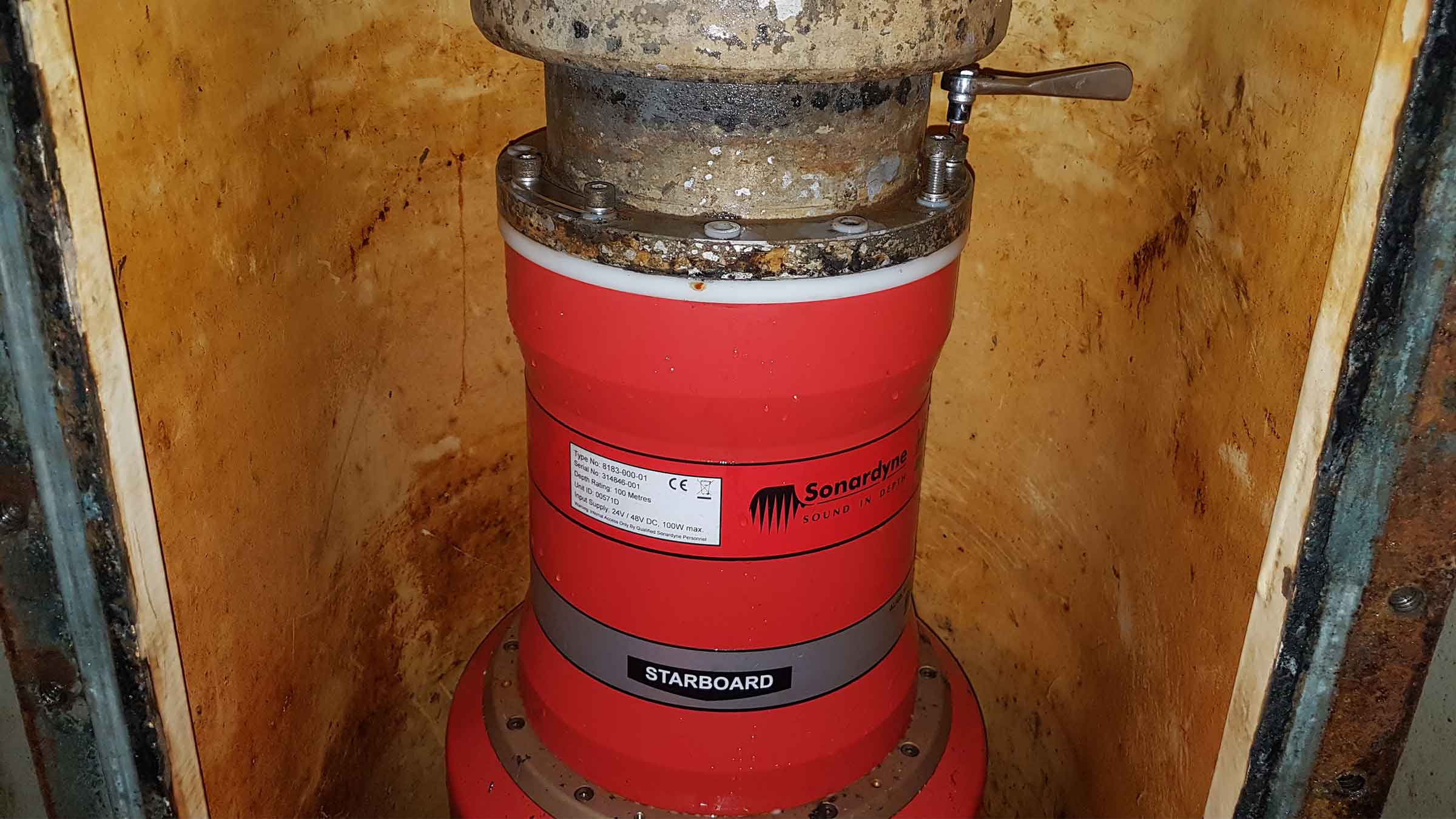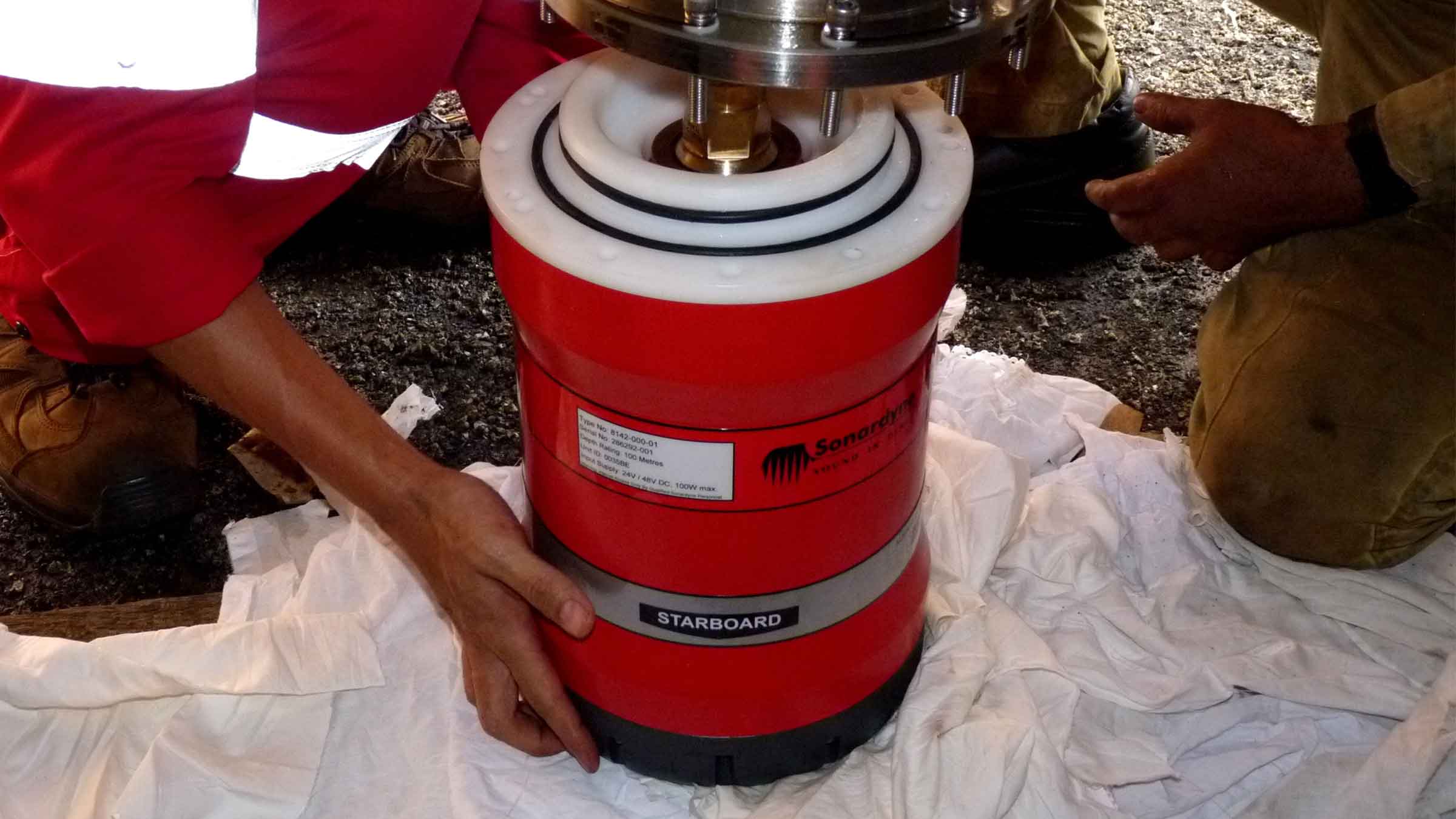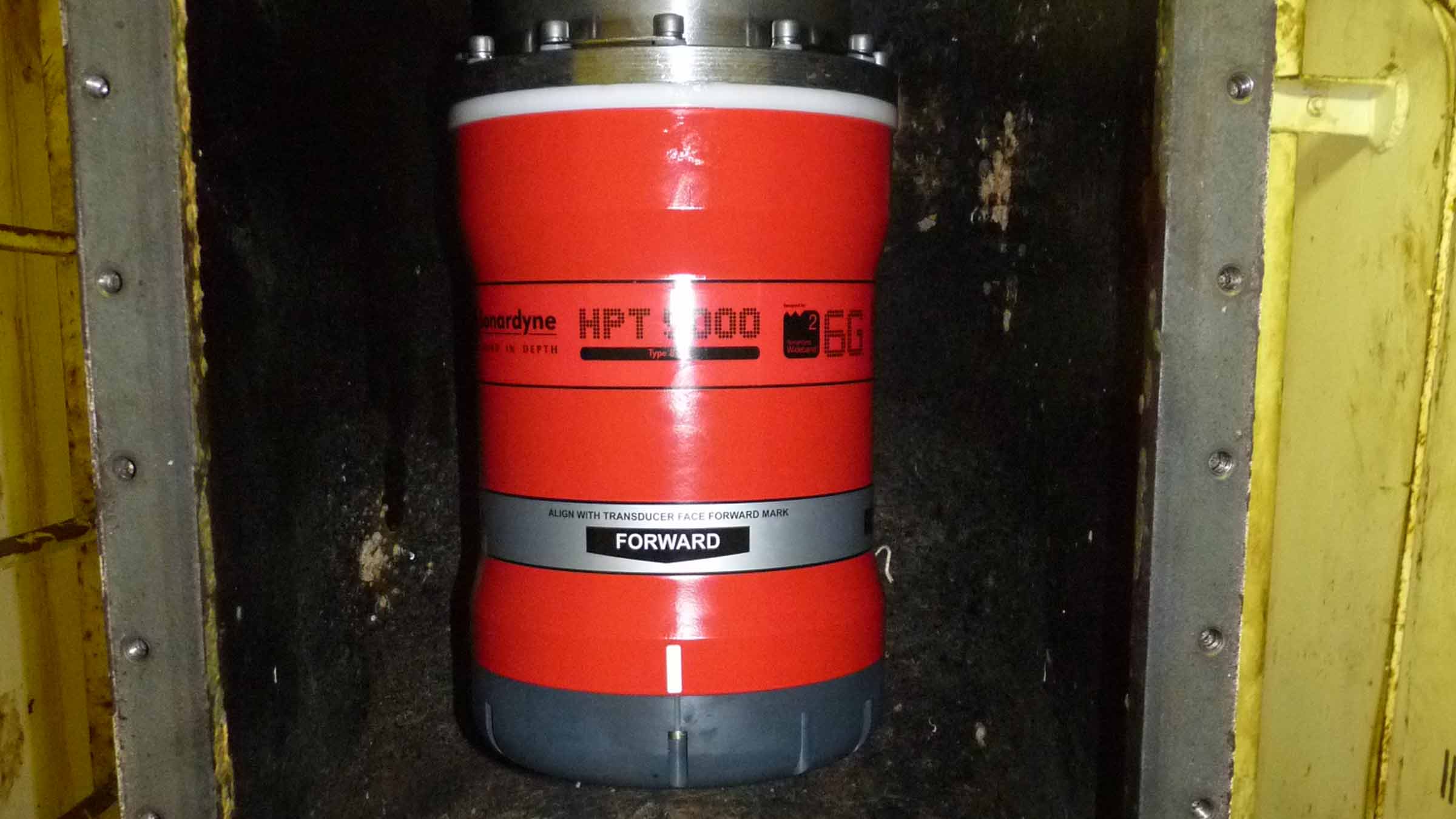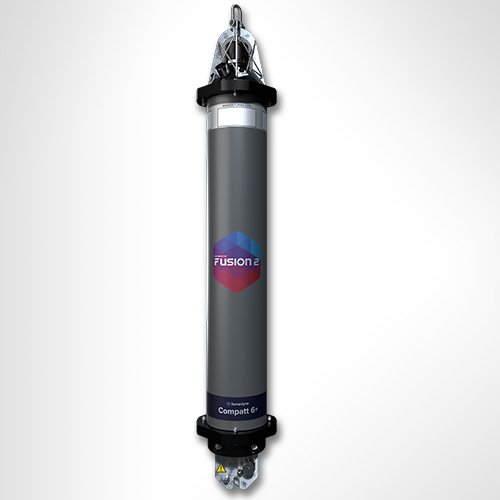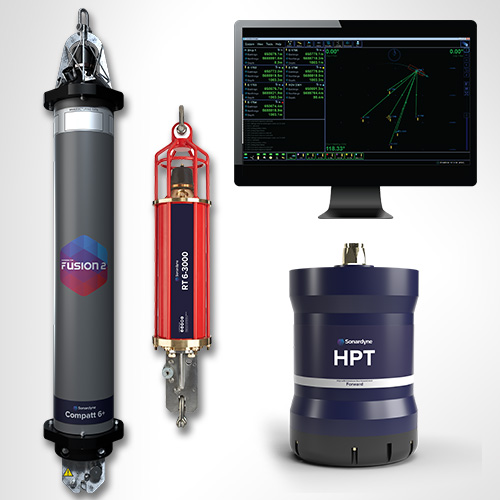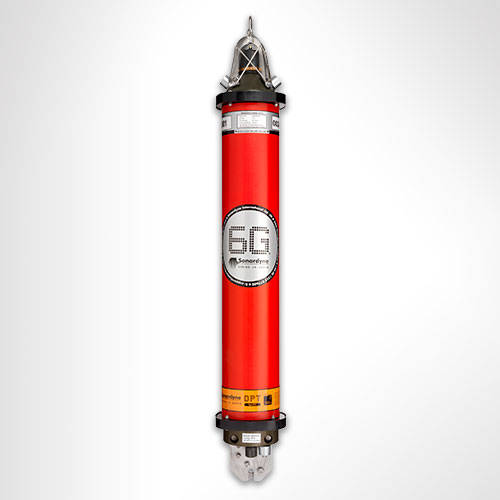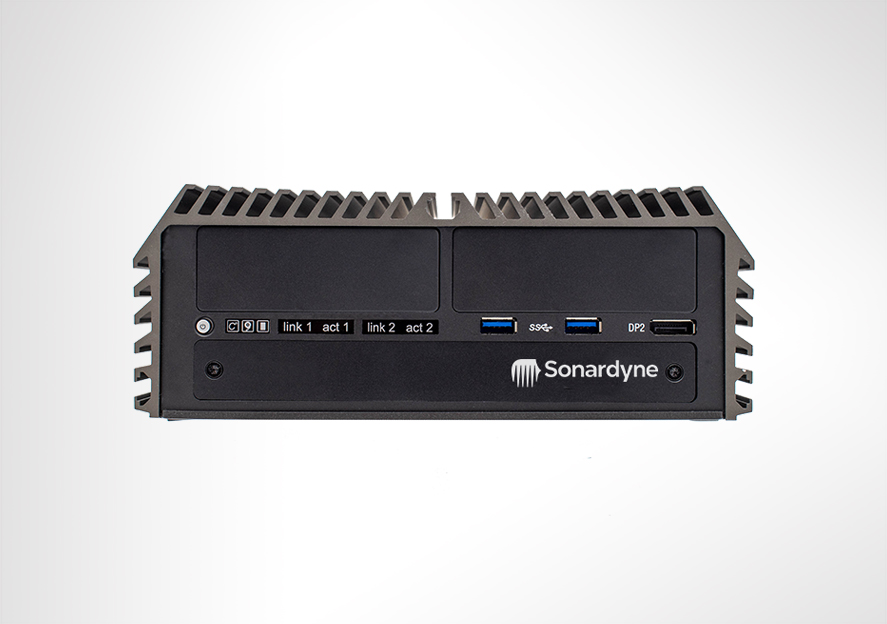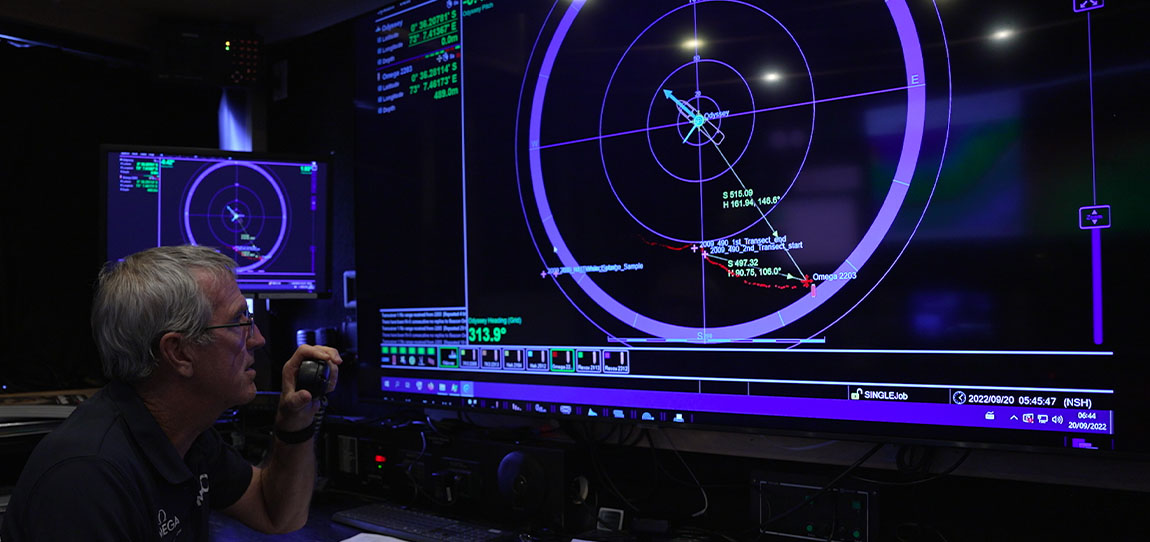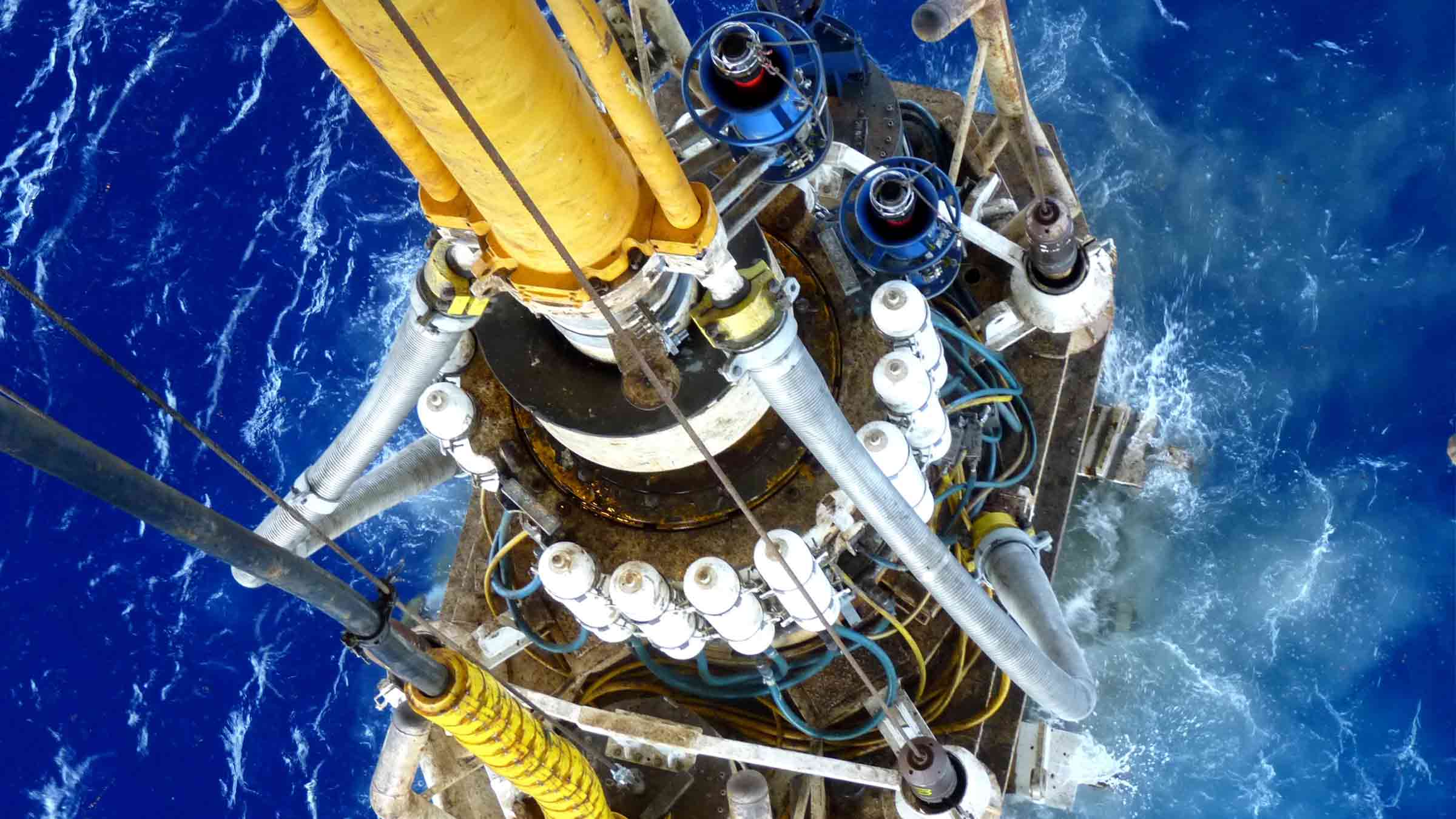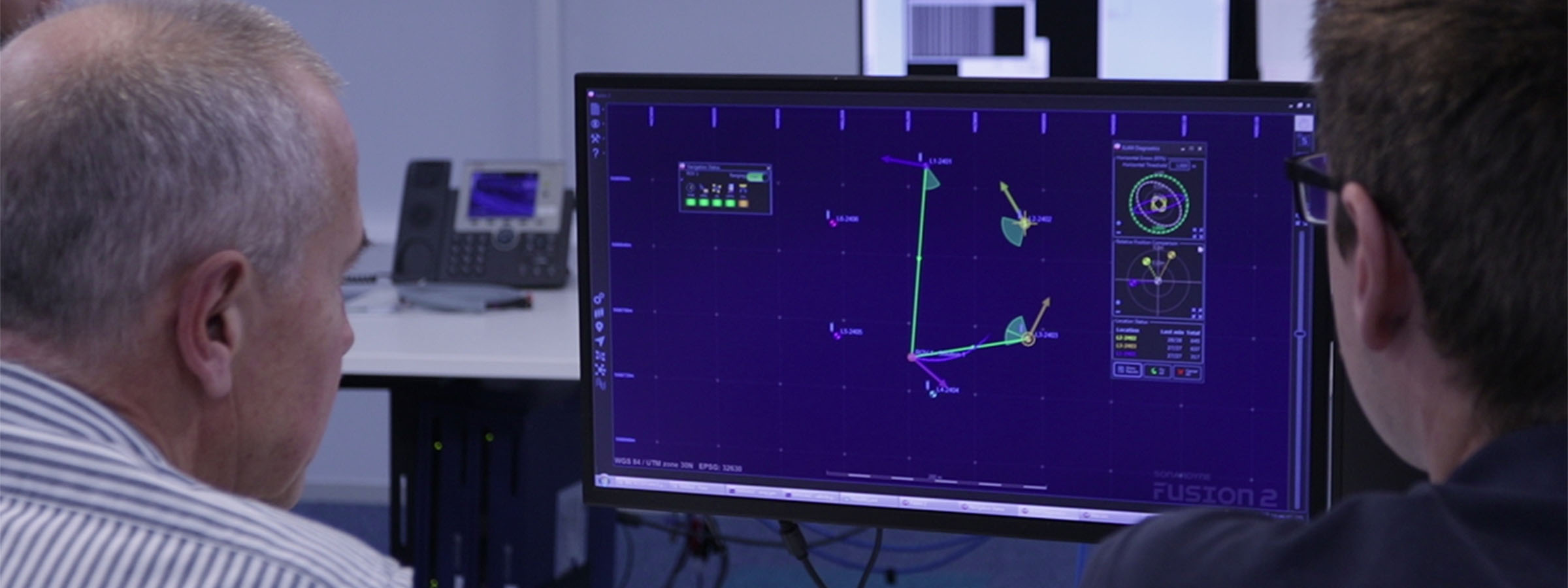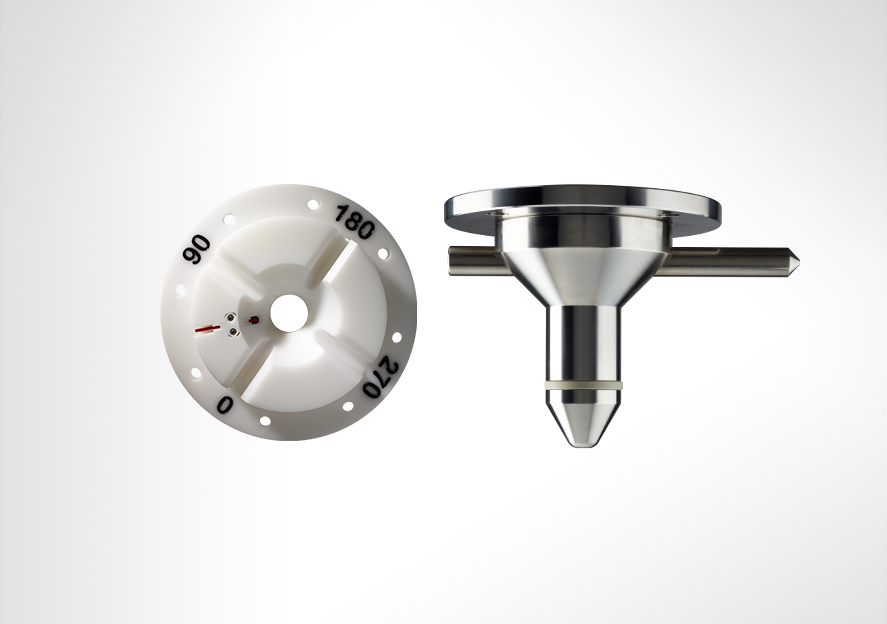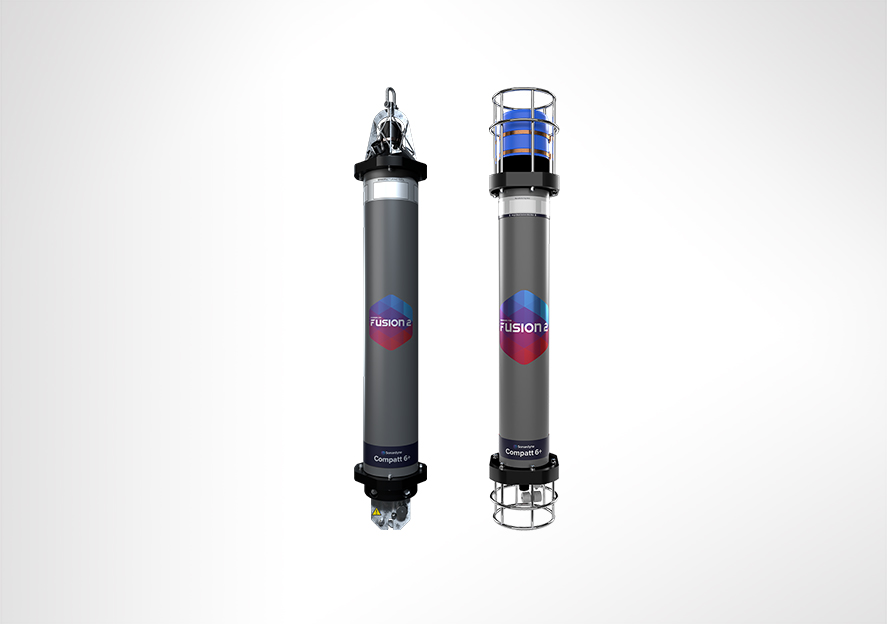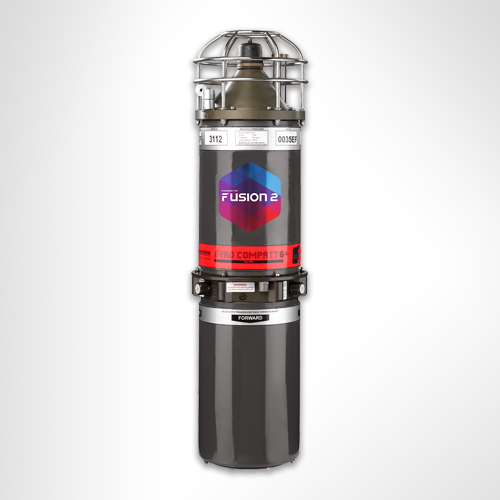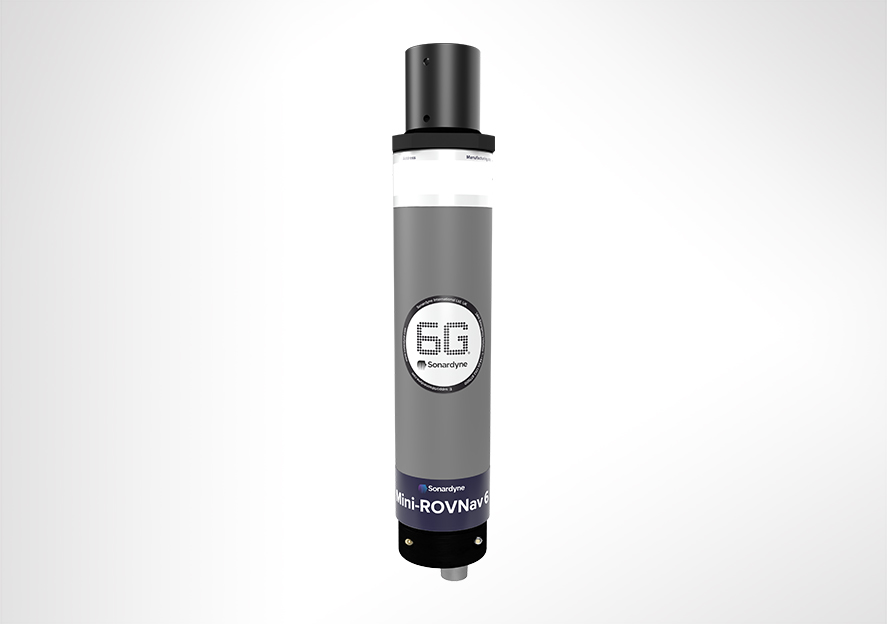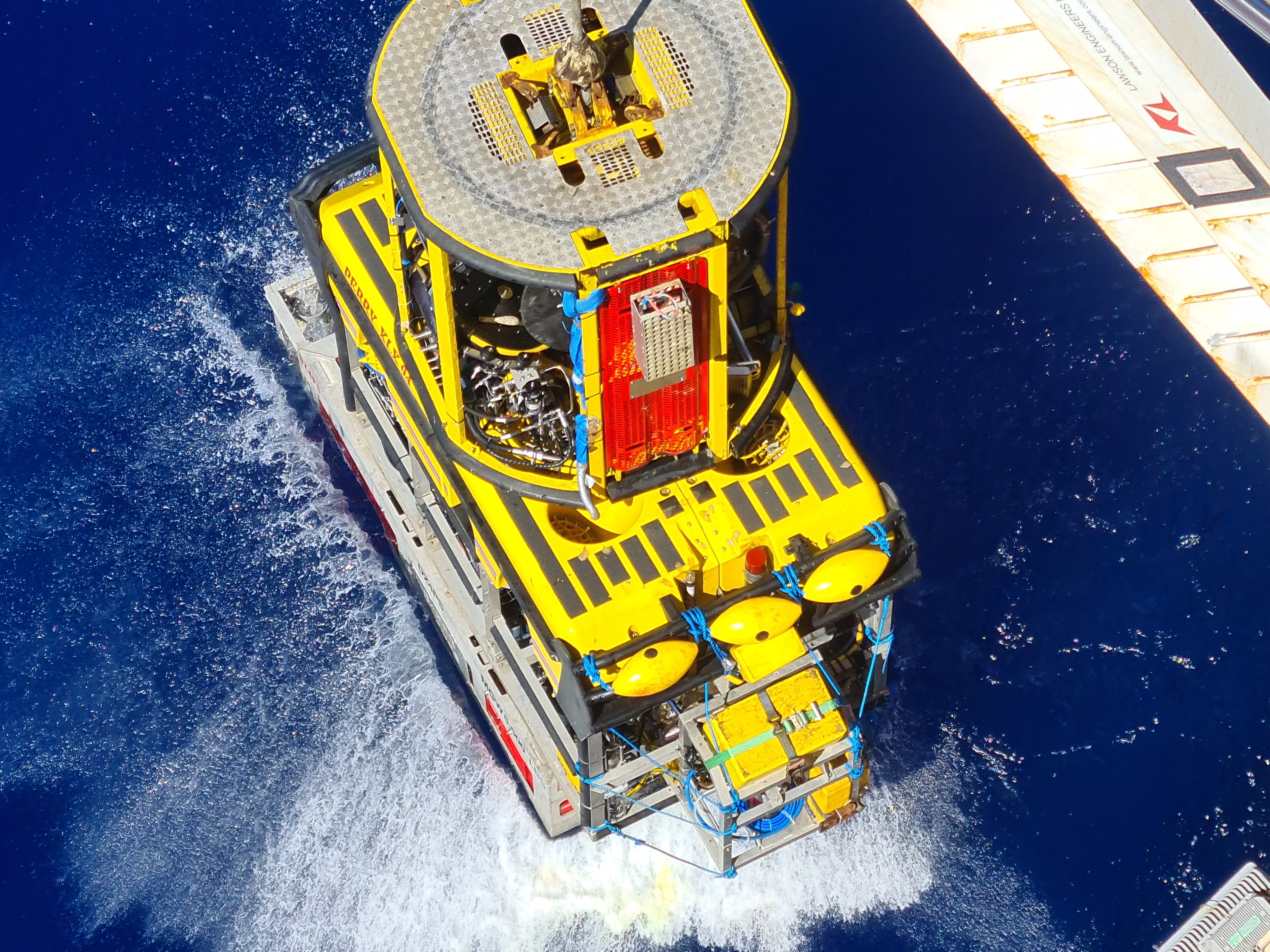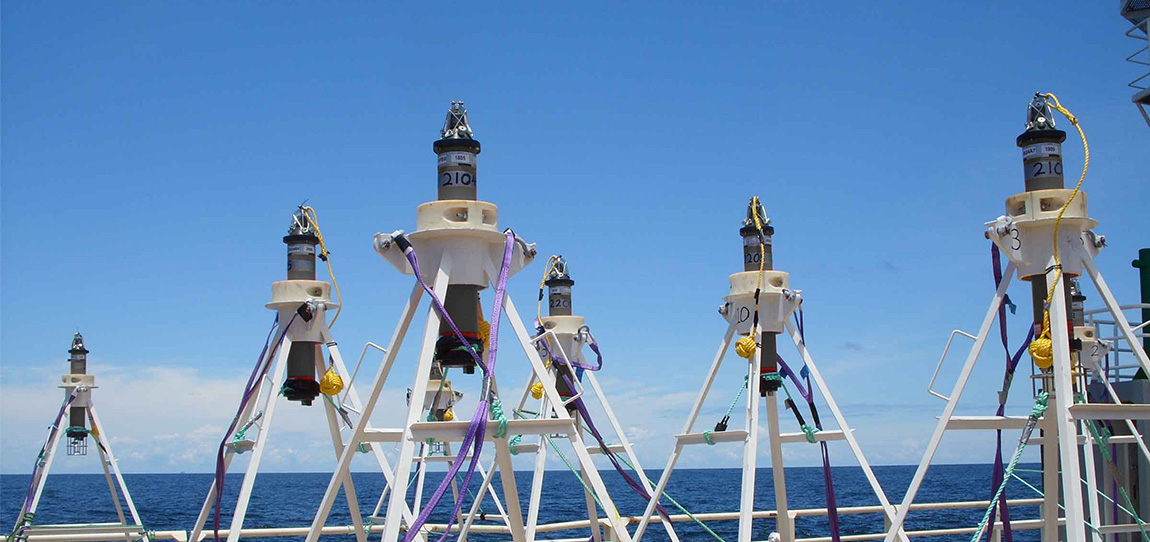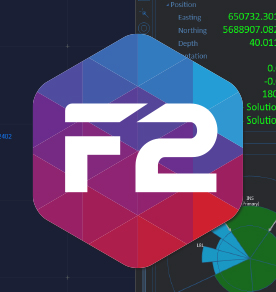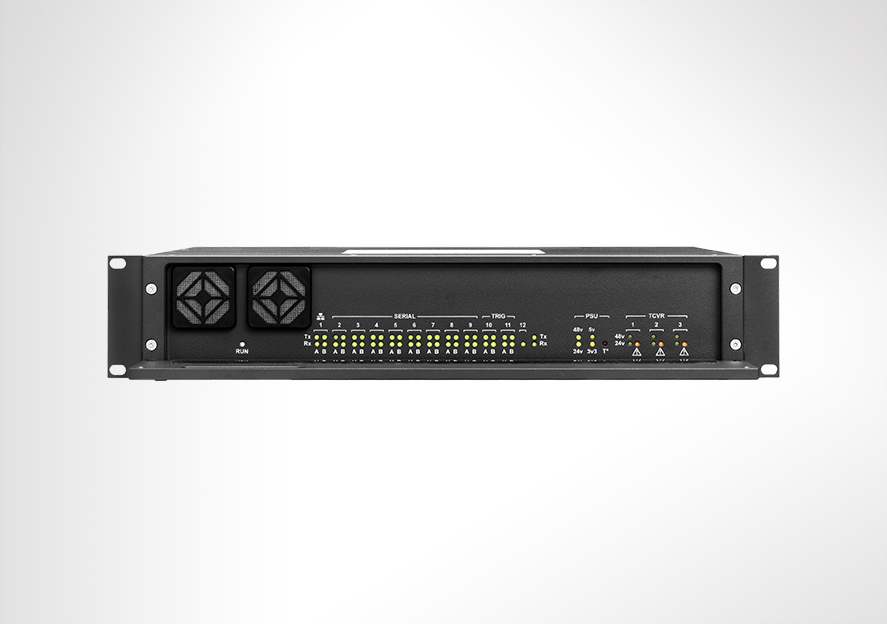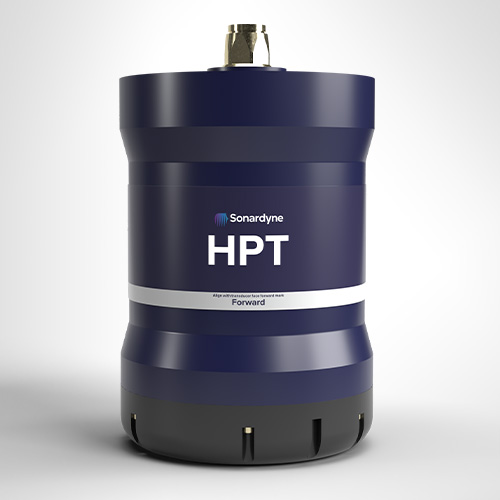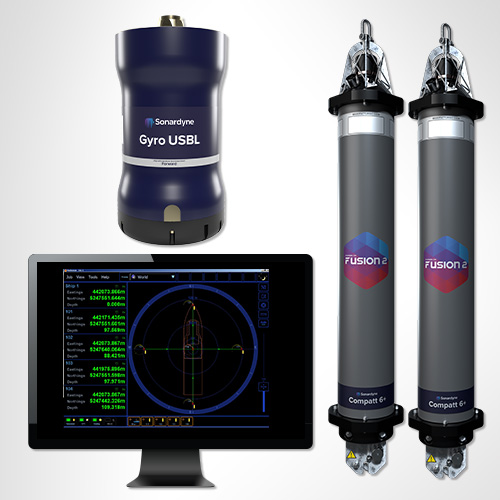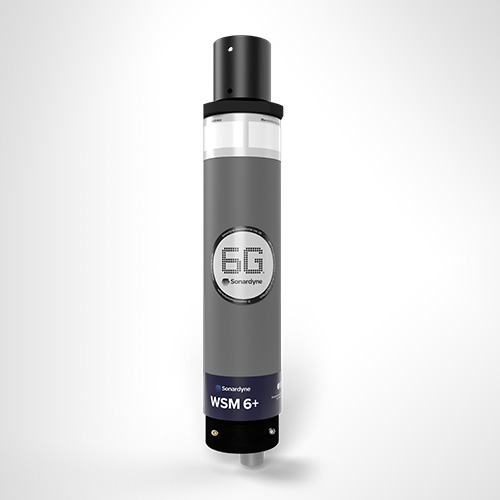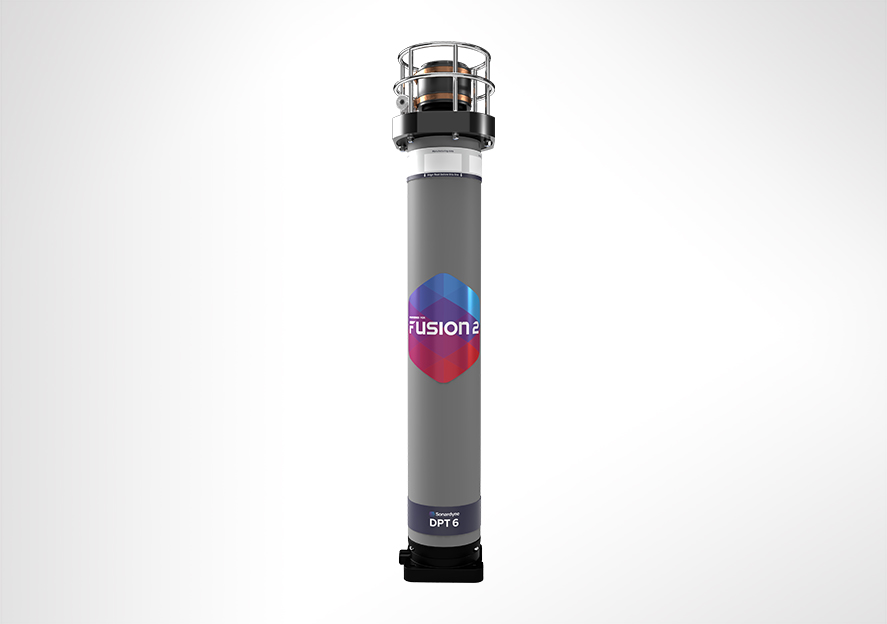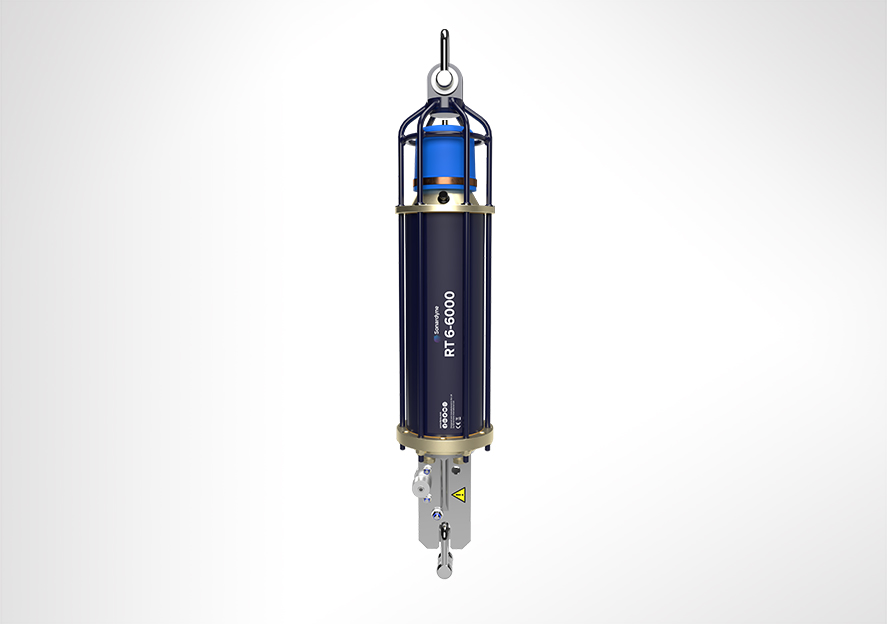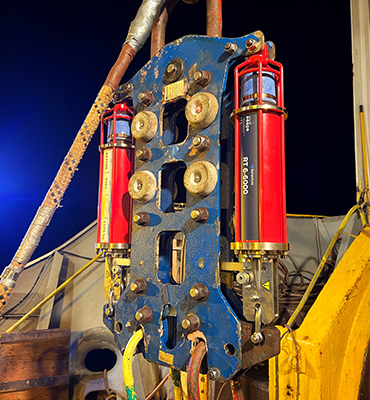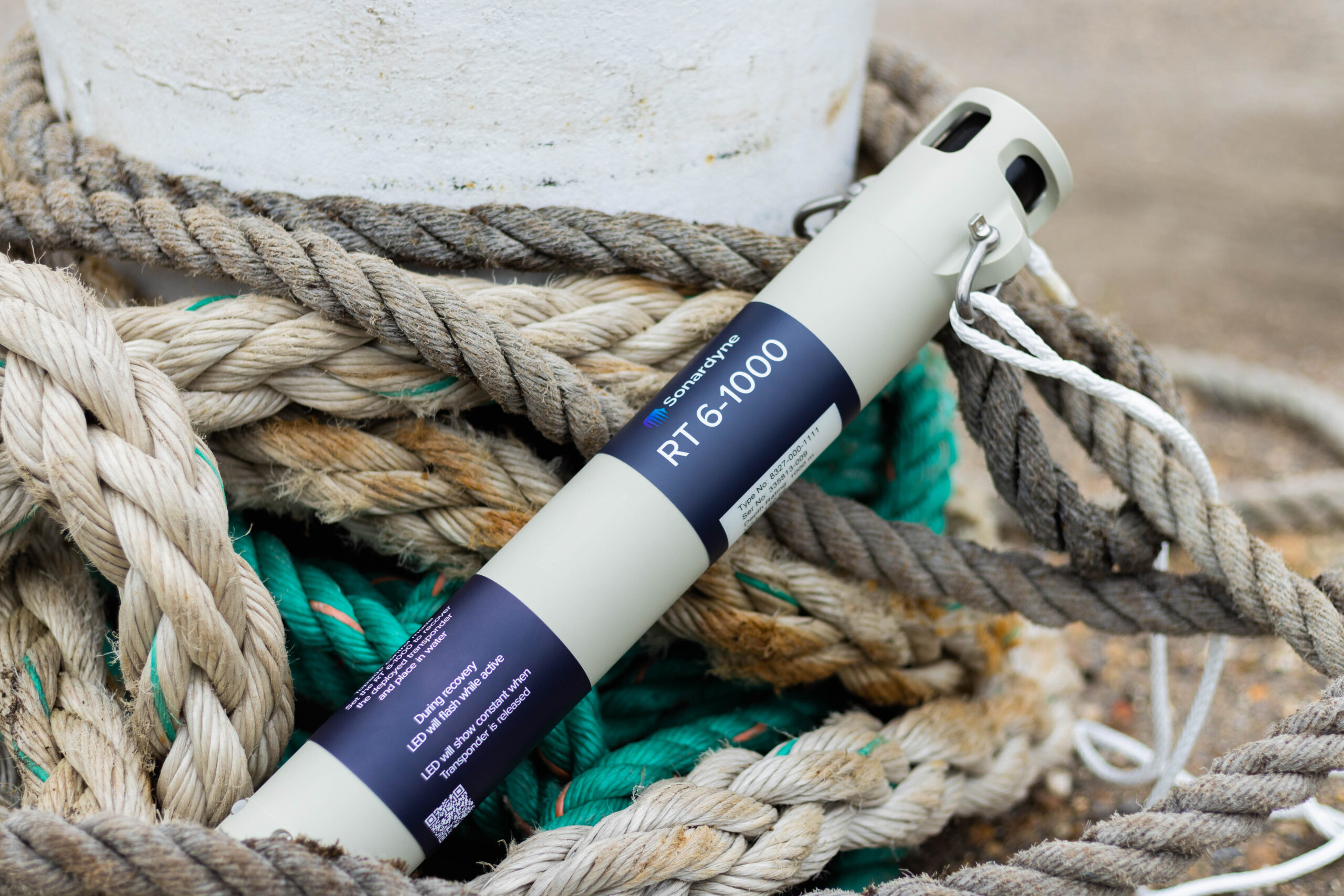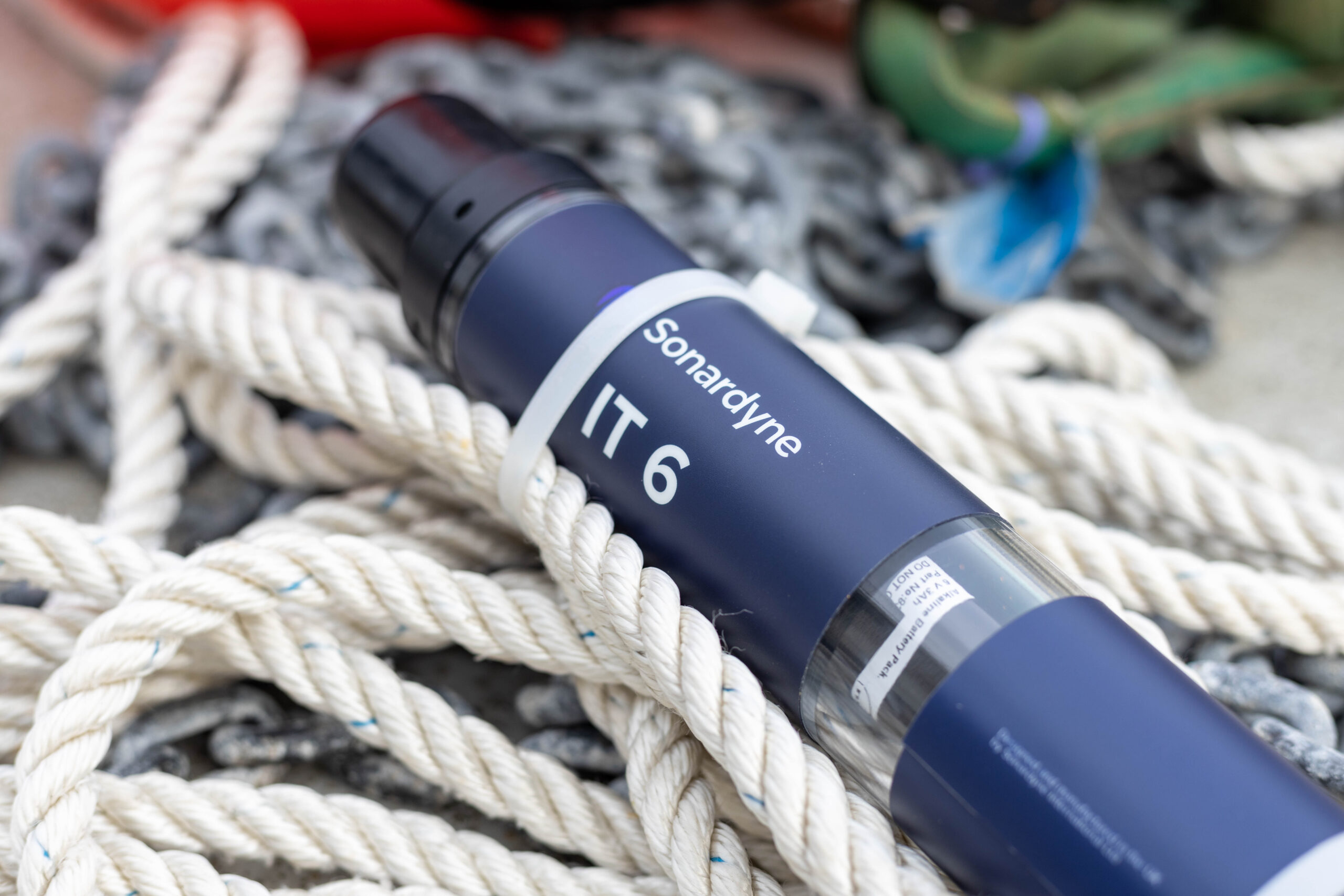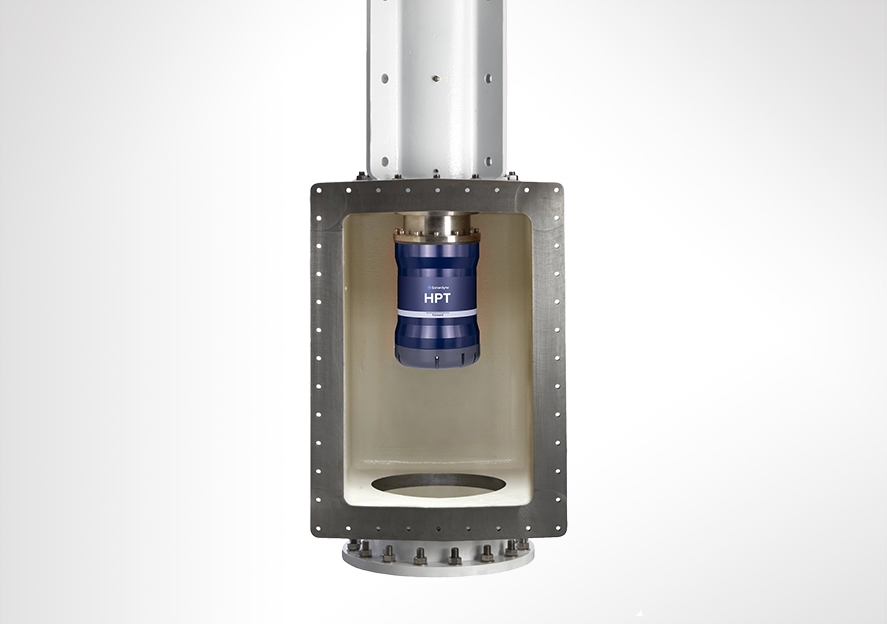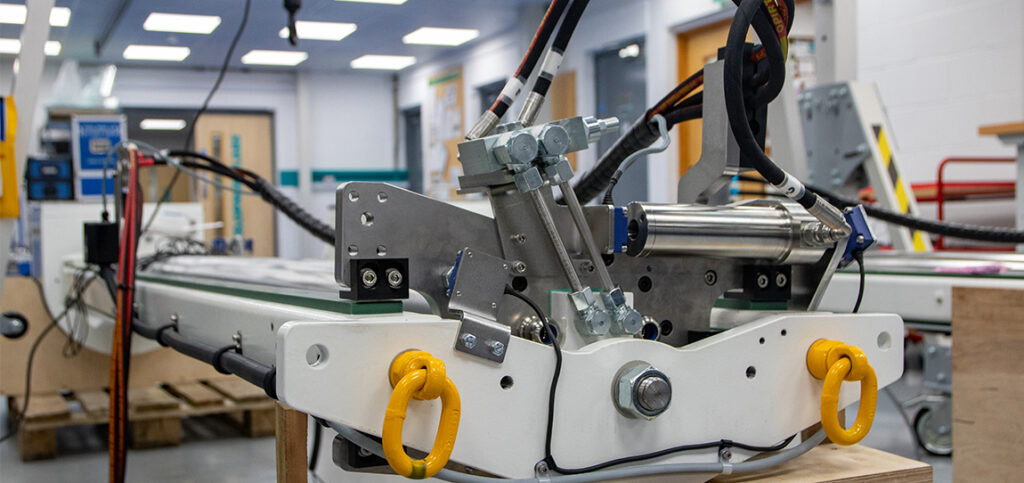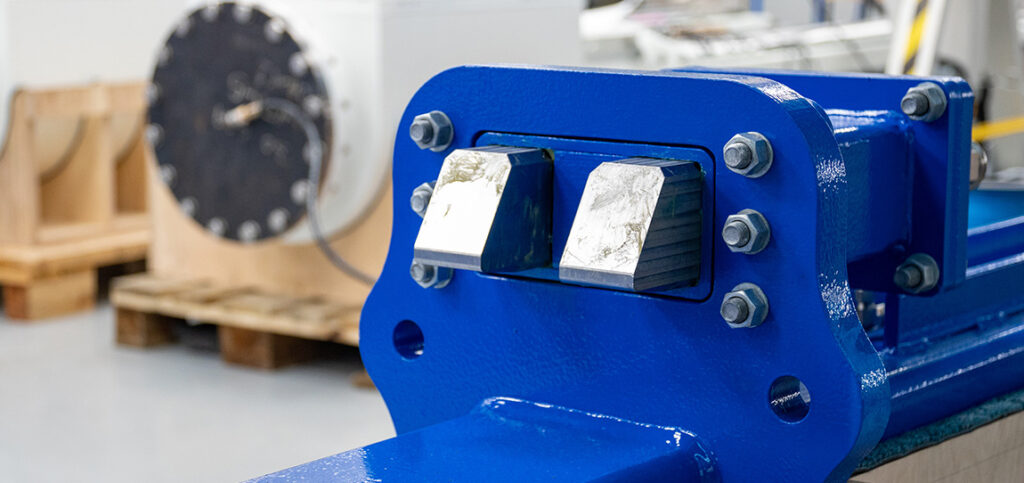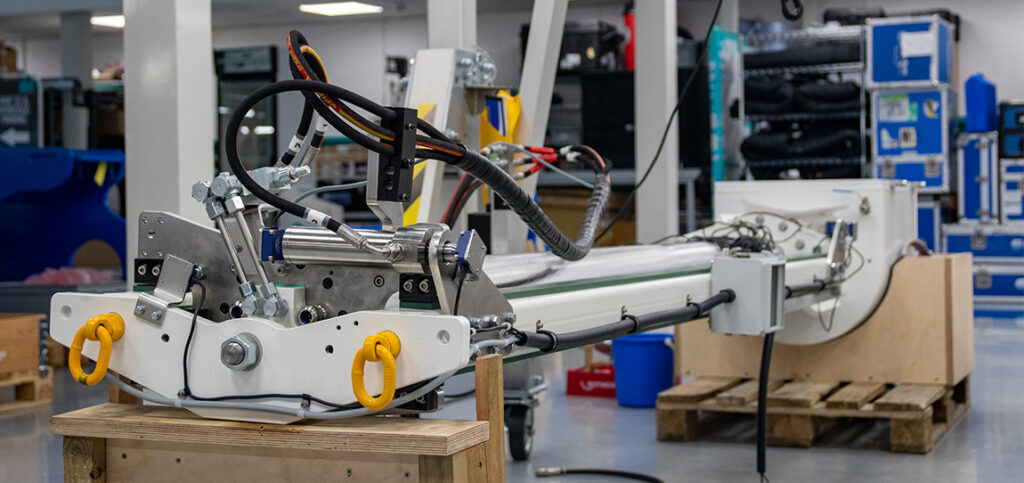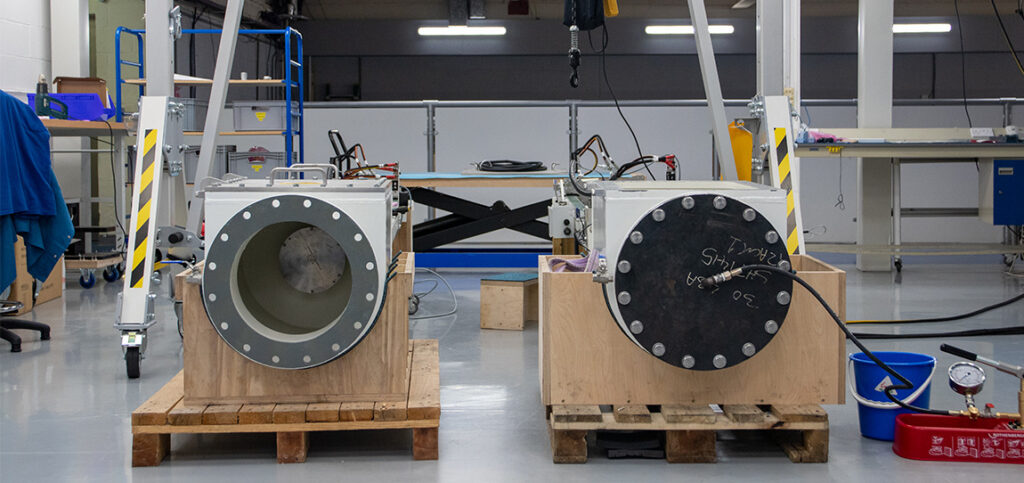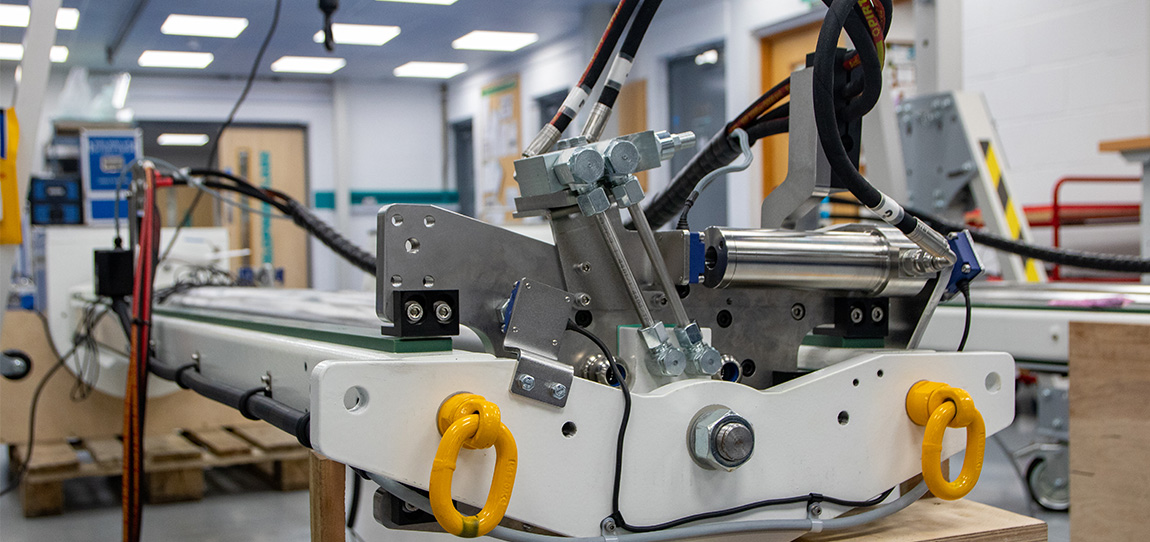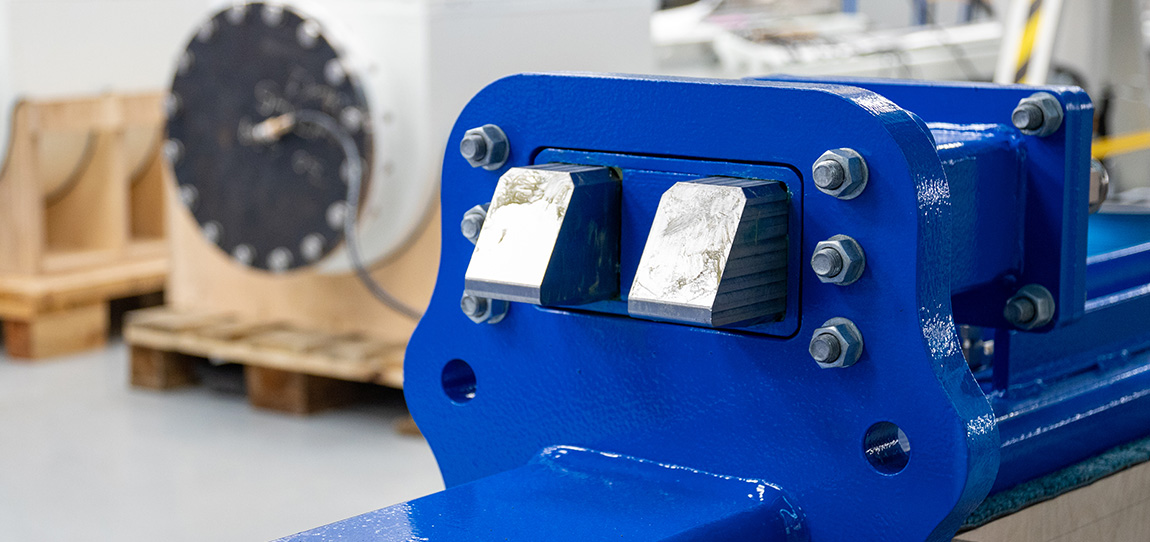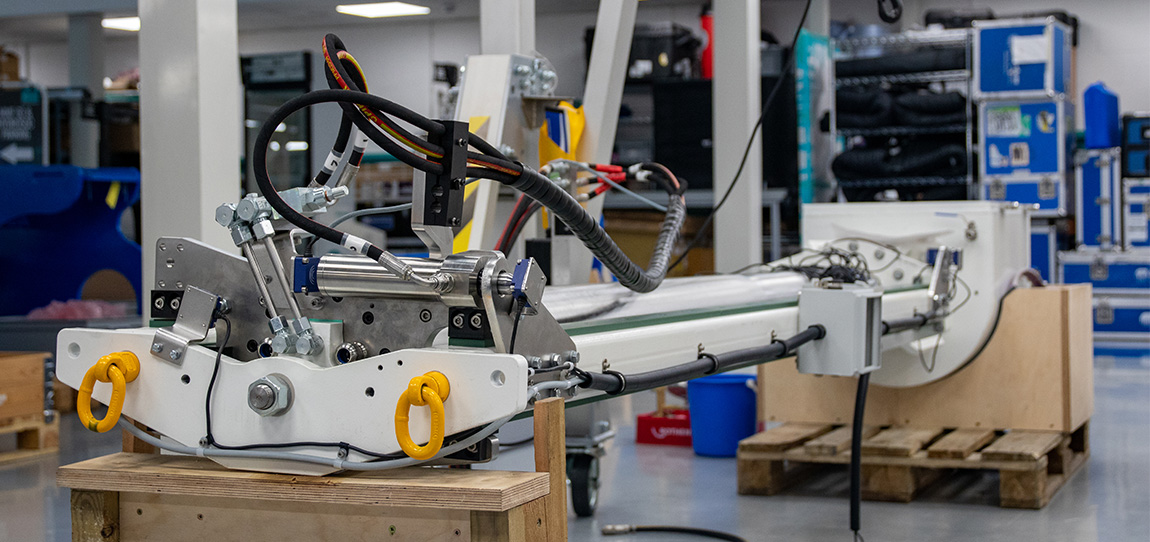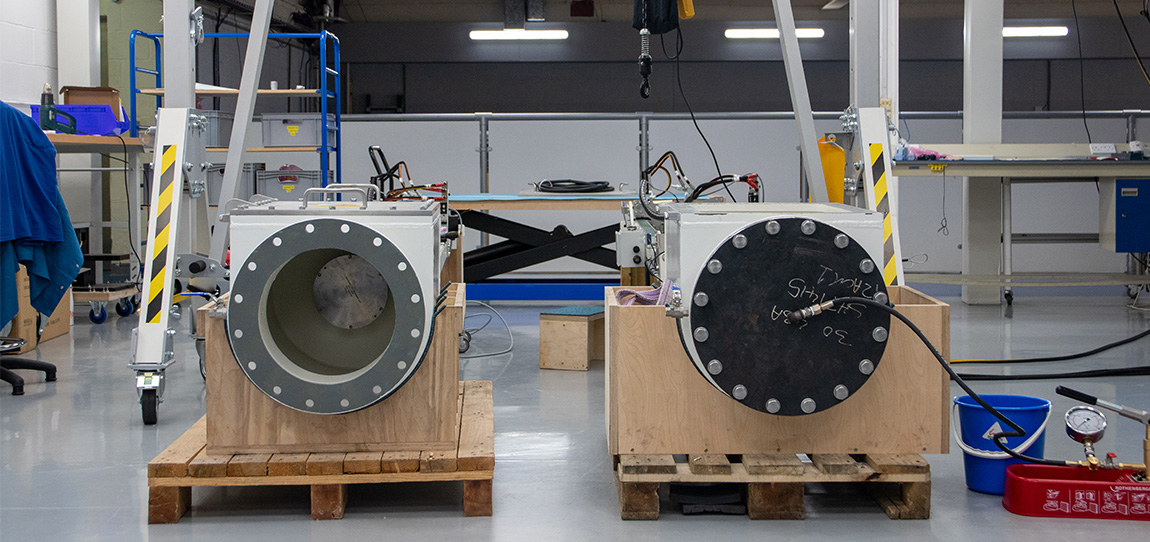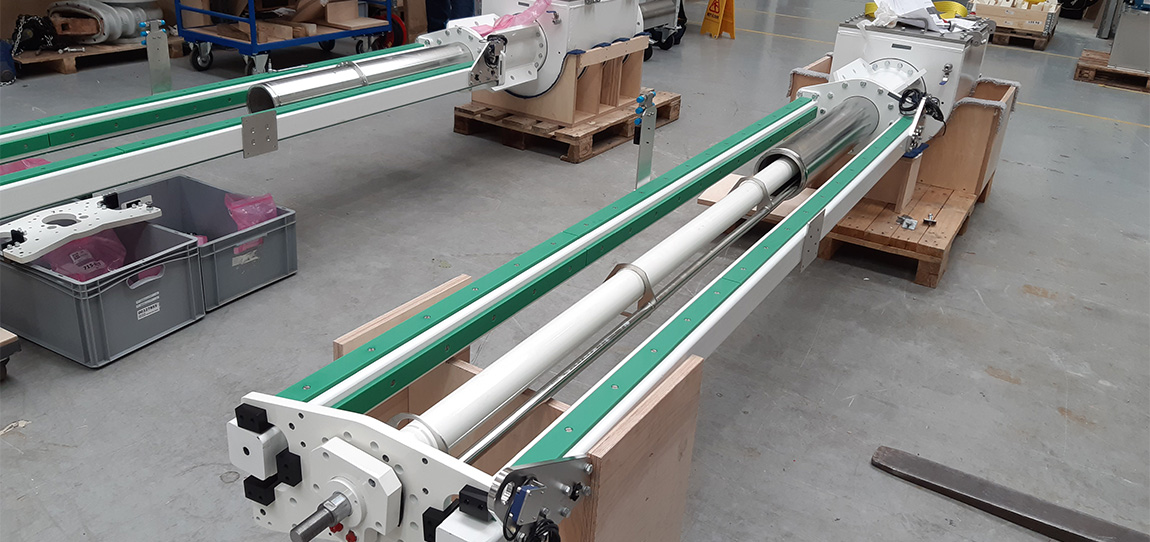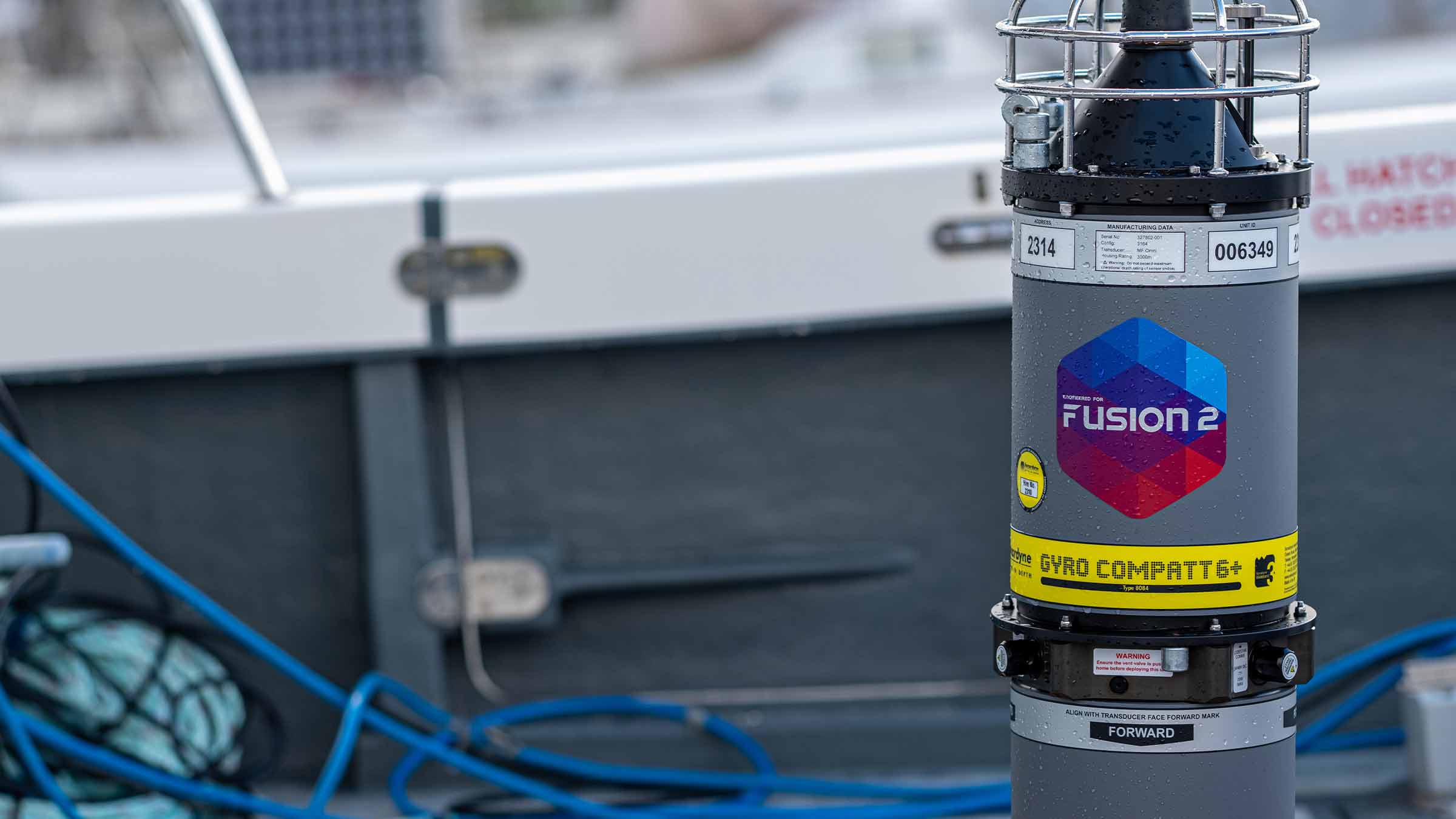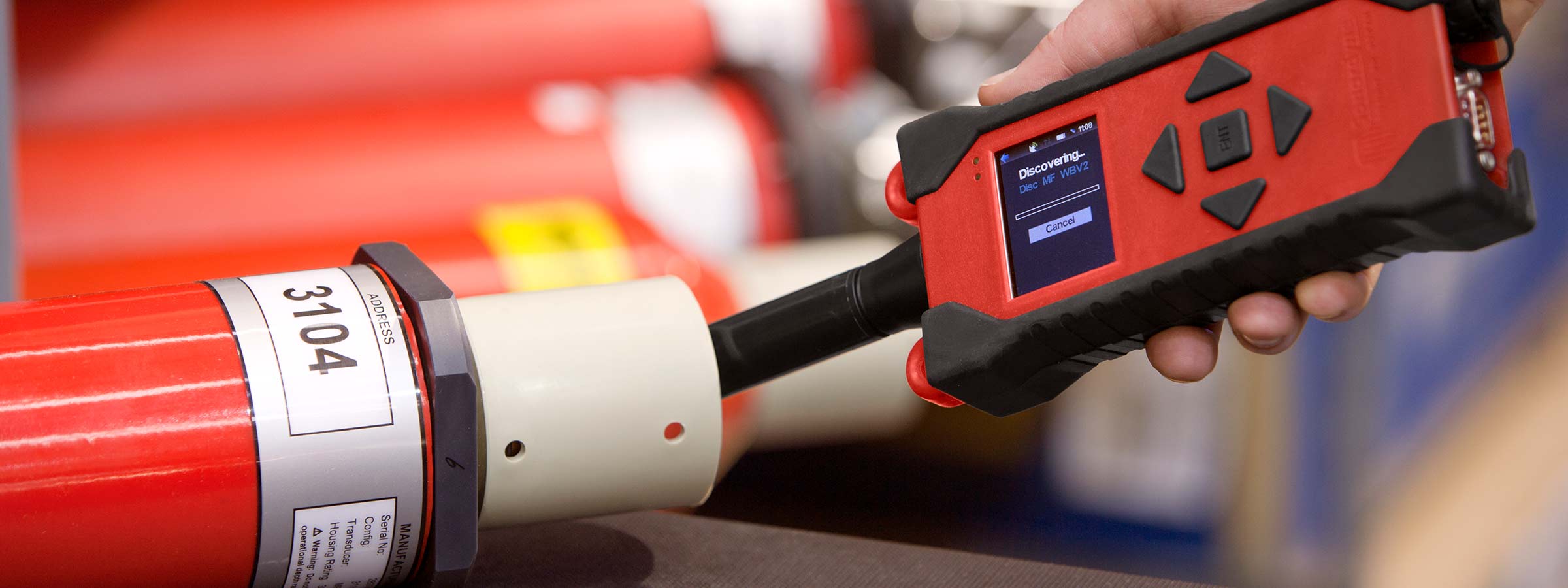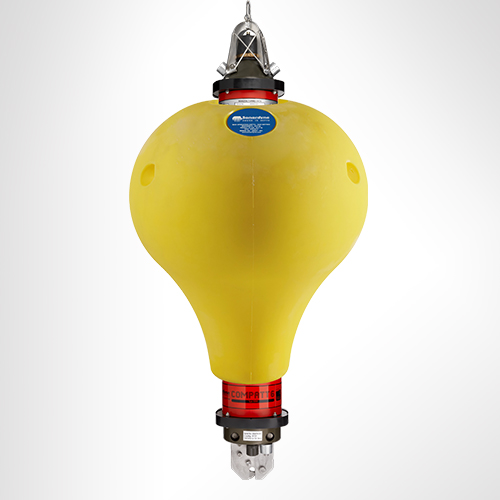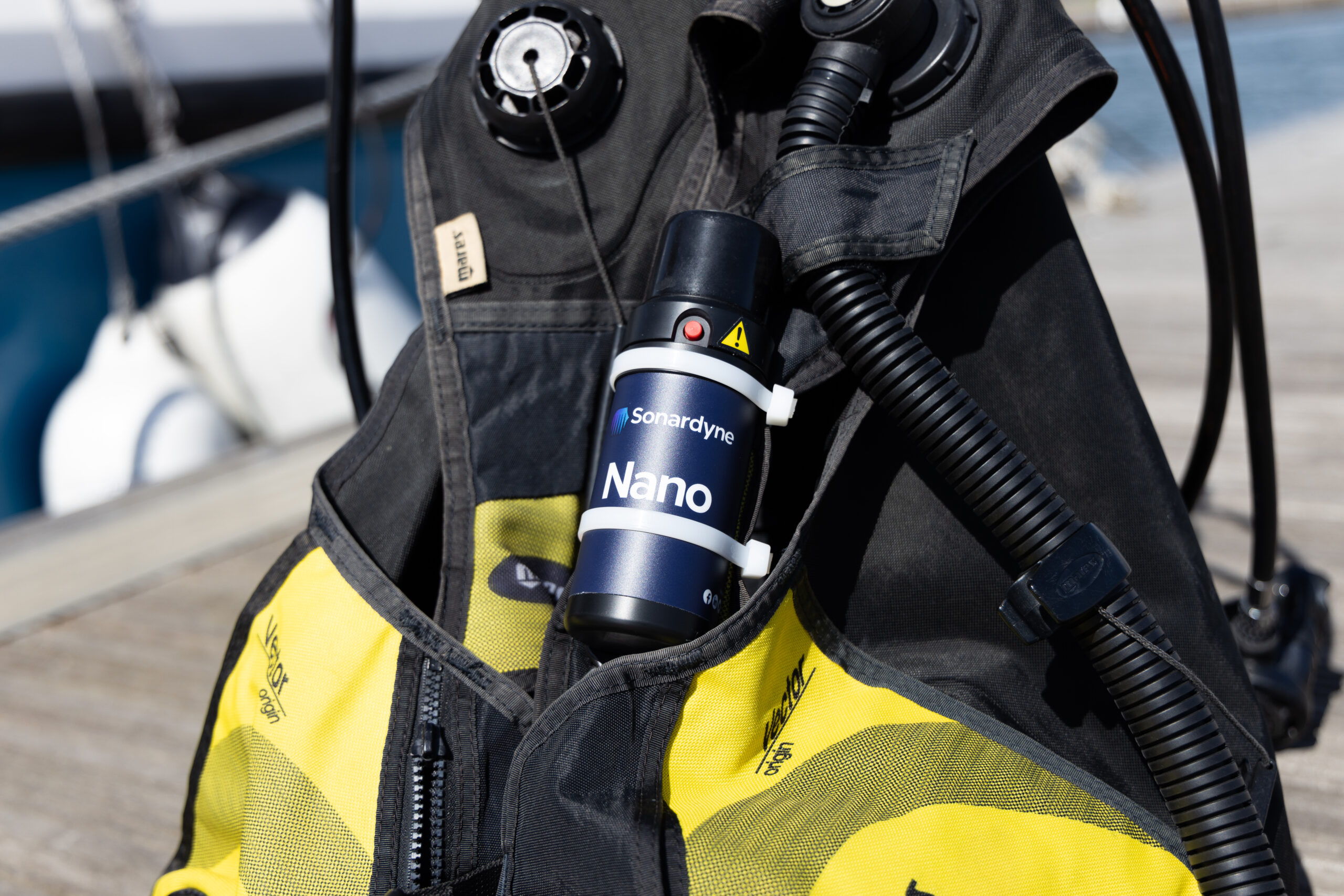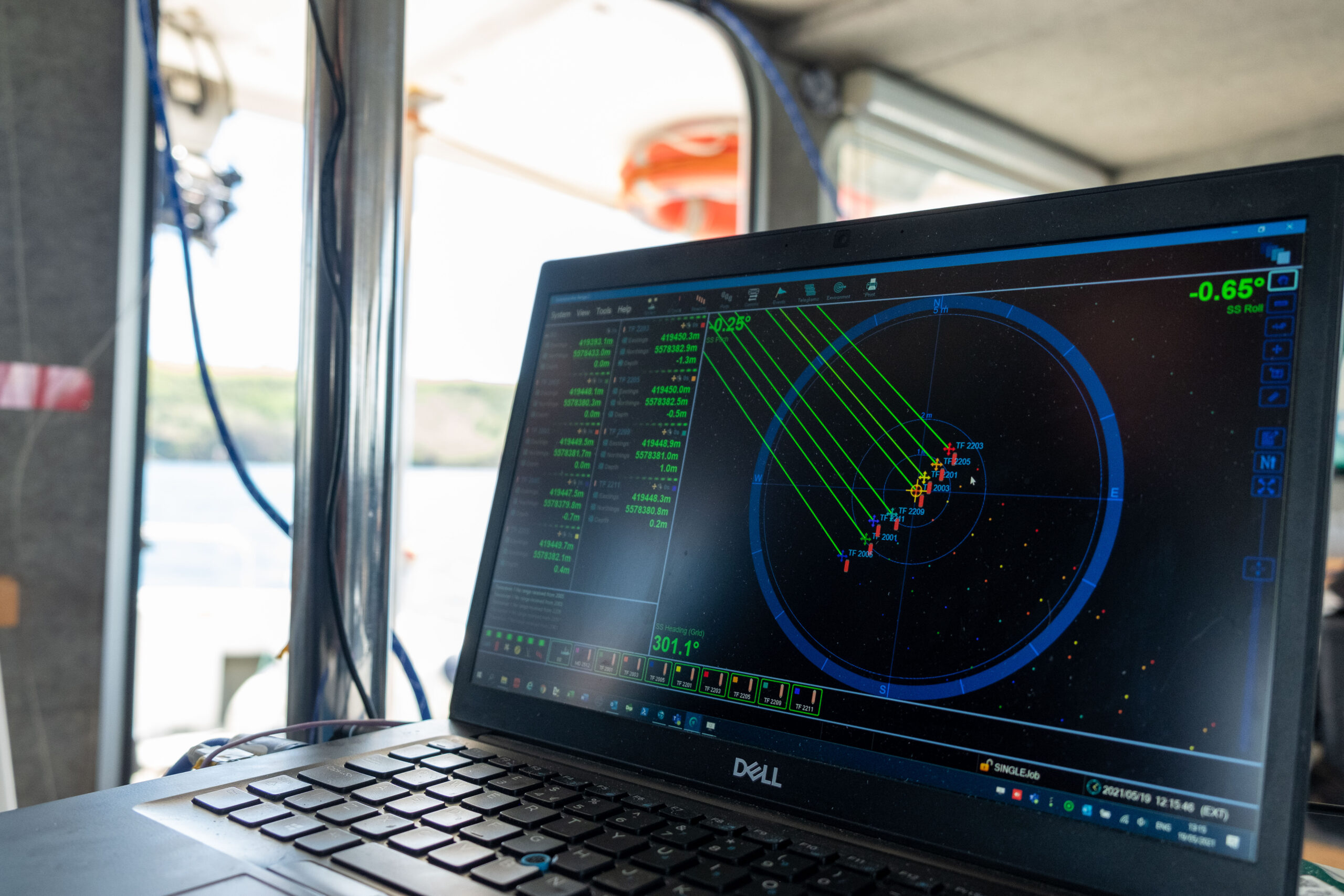Overview
The ESH is the network interface between the in-water acoustic instrument, GPS and the PC that runs the positioning software.
In addition to accurately time-stamping incoming data from external devices such as gyro, VRU and GPS it provides power and communications for acoustic transceivers.
The ESH includes a time source that can be linked to an internal or external GPS PPS input, allowing the Ranger 2 system to accurately time-stamp incoming data from external devices such as gyro, VRU and GNSS to UTC.
Wi-Fi connectivity allows connection to a PC using a Wi-Fi adapter.
At a glance
- Topside control unit for Mini-Ranger 2 USBL installations
- Provides power and comms to HPT 2000/3000 transceiver
- Integral GNSS with SBAS
- 4 serial ports RS232
- Wi-Fi connectivity
Specifications table
| Feature | Type 8211 |
|---|---|
| Storage | Internal 32 GB eMMC |
| Ports and Connectors | 4 x RS232 ports (DB 9) |
| 3 x RJ45 10/100 Ethernet sockets | |
| 1 x BNC jack 1PPS input | |
| 1 x BNC jack responder output 12 V, 100 mA | |
| 1 x SMA jack GNSS input (RF coaxial) | |
| 1 x Reversed polarity-SMA jack (Wi-Fi) | |
| 1 x 48 V transceiver connector (Amphenol) | |
| 1 x IEC socket 115/230 V ac, 1 A, 60/50 Hz | |
| Power Supply | Auto-sensing ac input voltage: 115–230 V, 60/50 Hz |
| Maximum current: 1 A | |
| Average operating current: 0.16 A @ 230 V (without transceiver) | |
| Environmental Specifications | Operating -5 to 40°C (23 to 104°F) |
| Storage -20 to 55°C (-4 to 131°F) | |
| Relative humidity 20–80% (non-condensing) | |
| Vibration – Frequency 5 to 13.2 Hz – 1.0 mm peak displacement | |
| Vibration – Frequency 13.2 to 100 Hz – 0.7 g acceleration | |
| Vibration – DNVGL-CG-0339 class A | |
| Safety | Complies with EN61010-1 |
| EMC | Complies with immunity & emission requirements of EN60945 |
| Dimensions (Length x Width x Height) 1U Rack Mounting (without feet) |
430 x 295 x 44.4 mm (16.9 x 11.6 x 1.75”) |
| Weight | 3.3 kg (7.3 lbs) |
Datasheets
Manuals and quick start guides
Did you know?
ESH can be used as a topside control unit for Mini-Ranger 2 installations
Overview
HPT 2000 offers significant advantages for survey operations in coastal and near shore regions where simultaneous positioning of transponders attached to transition zone/ocean bottom seismic cables at high elevation tracking is required in low noise environments.
The advanced multi-element processing enables transponders to be positioned more precisely, more quickly and more robustly due to improvements in signal processing algorithms. When used as part of a complete Mini-Ranger 2 USBL system, heading and inertial navigation sensor, class leading performance is achieved.
At a glance
- Use it with Mini-Ranger 2 USBL
- Optimised for high elevation tracking in shallow water
- Easy to deploy on temporary over-the-side set up
- Ethernet comms for fast position updates
- Excellent corrosion resistance
The integral MTi-30 Xsens sensor provides pitch, roll and heading data that automatically compensates for the dynamic motion of the vessel, removing the need for an external sensor and pre-use calibration.
Manufactured in Aluminium Bronze, HPT 2000 is intended to be fitted temporarily or permanently to a vessel’s through-hull or over-the-side pole.
The full hemispherical coverage optimises performance in shallow water environments boosting transmissions and receive sensitivity in the horizontal axis.
Ethernet connectivity enables the system to function over existing ship network wiring for rapid installation.
Discover more from our case studies
A new world of multi-robot ocean exploration
Read moreMini-Ranger 2 for the next-level USV operations
Read moreL3Harris takes USBL-aided AUV navigation to the next level
Read moreSpecifications table
| Feature | Type 8221 | |
|---|---|---|
| Operational frequency | HF (33–50 kHz) | |
| Transceiver performance | Operating range | 500 m |
| Acoustic coverage | Full 180° | |
| Range precision | Better than 15 mm | |
| Positioning repeatability external MRU | All transceivers tested to better than 0.2% of slant range 1 Drms / 0.14% 1 Sigma | |
| Positioning repeatability internal Xsens pitch and roll | All transceivers tested to better than 1.3% of slant range 1 Drms / 0.9% 1 Sigma | |
| source level (dB re 1 µPa @ 1 m) | 194 dB | |
| Electrical | 48 V dc (±10%), typical 15 W, maximum 120 W | |
| Communication | Ethernet 100 Mbps | |
| Operating temperature | -5 to 40°C | |
| Storage temperature | -20 to 45°C | |
| Mechanical construction | Aluminium bronze | |
| Dimensions (height x diameter) | 310 x 234 mm | |
| Weight in air/water | 19.4/9.5 kg | |
| Note: The absolute accuracy of the system is dependent upon the quality of external attitude and heading sensors, beacon source level, vessel noise, water depth, mechanical rigidity of the transceiver deployment machine, SV knowledge and proper calibration of the total system using CASIUS. |
Frequently asked questions
How to clean a transceiver array face
HF Beacon Positioning for Transition Zone and Ocean Bottom Cable Applications
HPT 2000/3000 Testing
Has anyone ever installed an echosounder and Ranger 2 USBL transceiver directly beside each other? Would this work?
Does the HPT’s main connector need any maintenance?
STP files
Software and firmware
Software and control hardware
Datasheets
Manuals and quick start guides
Did you know?
HPT 2000 can be used as part of our Mini-Ranger 2 USBL system
Overview
When it comes to USBL and LUSBL transceivers, one model does not fit all situations and vessels. For Ranger 2 and Marksman installations, our High Performance Transceiver (HPT) is available two primary configurations.
HPT 5000
HPT 5000 offers full hemispherical acoustic coverage so it’s a popular choice for tracking multiple targets (ROVs, AUVs, towfish, seafloor sensors) over a wide range of depths and elevations. The unit is also suitable for dynamic positioning reference on survey, research and offshore support vessels.
HPT 7000
HPT 7000 is engineered for ultra-deepwater operations, tracking targets far below (rather than to the side) of a vessel, and also high vessel noise operating environments, as those typically encountered on DP drilling and construction where aeration from thrusters is liable to cause signal interference.
Both models of transceiver fully support 6G LBL operations using Fusion 2 LBL software. They are also highly capable acoustic communications modems, able to interrogate, command and recover data payloads from deployed Sonardyne instruments including AMTs and Fetch. Supporting telemetry rates of up to 9,000 bps minimises the time a vessel has to wait on location to recover data, as well as supporting LBL operations.
HPT 5000/7000s are also available in Gyro USBL configurations offering calibration-free installation and use.
At a glance
- Use with Ranger 2 USBL and Marksman LUSBL systems
- Can also be used to communicate and harvest data from Sonardyne sensors
- Hemispherical (HPT 5000) or directional (HPT 7000) arrays to suit your vessel and application
- Can be deployed other-the-side, through-tube or through-hull
- Suitable for new-build vessels or USBL/LUBL upgrade for your existing vessel
All HPTs are built on our 6G technology platform with multi-element processing to enable transponders to be positioned more precisely, more quickly and more robustly due to improvements in signal processing algorithms and array design.
Functionality such as ‘Discovery Mode’ enables vessels equipped with Ranger 2 and Marksman to enter an offshore area and automatically detect previously deployed transponders (including their configured address and channel), making simultaneous operations using shared seabed arrays possible.
Manufactured in aluminium-bronze, HPTs are intended to be fitted temporarily or permanently to a vessel’s through-hull or over-the-side pole. HPT 5000s (including Gyro USBL 5000s) have also been fitted to large USVs for uncrewed missions controlled from over-the-horizon.
For specialist applications, inverted USBL, LMF frequency and extreme depth range HPT transceivers are also available. Please get in contact to discuss your requirements.
Ranger 2 in action
Optimising shallow water positioning for combined magnetometer and hydrographic surveys
Read moreAutonomous robots prepare to storm the ocean depths
Autonomous robots prepare to storm the ocean depths
A new world of multi-robot ocean exploration
Read moreSpecifications table
level, vessel noise, water depth, mechanical rigidity of the transceiver deployment machine, SV knowledge and proper calibration of
the total system using CASIUS.
| Feature | Type 8142-001 | Type 8142-002 (deepwater optimised unit) | |
|---|---|---|---|
| Operational frequency | MF (20–34 kHz) | MF (20–34 kHz) | |
| Transceiver performance |
Operating range | Up to 7,000 m | Up to 7,000 m |
| Acoustic coverage | Up to ± 90° | Up to ± 90º Optimised for deep water (depending on frequency of operation) |
|
| Range precision | Better than 15 mm | Better than 15 mm | |
| Positioning repeatability | All transceivers tested to better than 0.1% of slant range 1 Drms | All transceivers tested to better than 0.07% of slant range 1 Drms | |
| Transmit source level (dB re 1 µPa @ 1 m) | 200 dB | 200 dB | |
| Tone Equivalent Energy (TEE) | 206 dB (13 JA) | 206 dB (13 JA) | |
| Electrical | 48 V dc (±10%), Typical 15 W, Max 120 W |
48 V dc (±10%), Typical 15 W, Max 120 W |
|
| Communication | RS485, baud rate switchable, ethernet 100 Mbps |
RS485, baud rate switchable, ethernet 100 Mbps |
|
| Operating temperature | -5 to 40°C | -5 to 40°C | |
| Storage temperature | -20 to 45°C | -20 to 45°C | |
| Mechanical construction | Aluminium bronze | Aluminium bronze | |
| Dimensions (length x diameter) | 322 x 225 mm | 391 x 310 mm | |
| Weight in air/water | 26.7/15.3 kg | 46.9/29.0 kg | |
| Options | Tilted array adaptor | Tilted array adaptor |
Frequently asked questions
How to clean a transceiver array face
How to enter Transceiver & Lodestar Offsets for Optimised USBL
HPT Deployment Tests
Has anyone ever installed an echosounder and Ranger 2 USBL transceiver directly beside each other? Would this work?
How do USBLs work?
Does the HPT’s main connector need any maintenance?
When to use Depth Aiding
What acoustic address should I use for my USBL transponder
How to interface Ranger 2 into a 3rd party survey system
STP files
Software and firmware
Software and control hardware
Datasheets
Did you know?
Both HPT 5000 and 7000 are available in Gyro USBL configurations
Overview
Using a superfast processor to handle intensive workloads, Marine Computer is designed and configured to provide you with the best possible experience when using our suite of navigation, positioning and imaging software products, leaving you to concentrate on the job in hand.
However, you don’t have to be using Sonardyne software to use one. If you’re in the market for a robust and easily configured computer to run third-party software applications onboard your ship, survey boat or unmanned craft, Marine Computer is the perfect choice.
That’s because it’s certified to EN60945 and DNVGL-CG-0339 standards which means it meets regulatory requirements to be used on ships’ bridges and is able to withstand harsh operating environments and where constant high temperatures are present.
At a glance
- Choice of desktop or 2U rack mount configurations
- Fanless and temperature tolerant design withstands harsh marine operating environments
- Certified to EN 60945 and DNVGL-CG-0339 – use it on your bridge
- Intel 8th generation CPU runs intensive applications with ease
- Desk, console and rack mounting options
- Wide operating temperature range
Fanless computers like the Marine Computer are perfect for use in dirty or dusty marine environments where actively cooled systems could quickly clog up, overheat and fail. Inside is an Intel 8th generation processor and 512 GB industrial grade solid state disk. SSDs have no moving parts so are faster and more reliable than traditional hard disk drives. Temperature tolerant components contribute to its impressive wide operating temperature range.
All this makes the Marine Computer an extremely versatile and reliable tool in virtually any marine installation condition: desk mounted, in a small survey boat; within a ship’s bridge console; or, when supplied with a custom 2U chassis, mounted in a server room rack.
Watch our youtube video to learn more
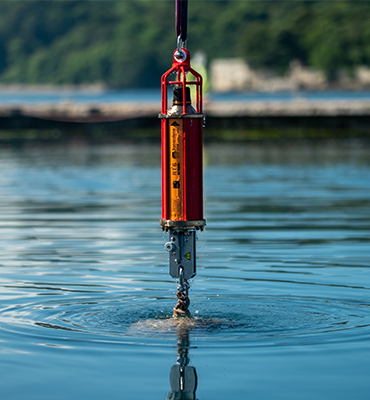
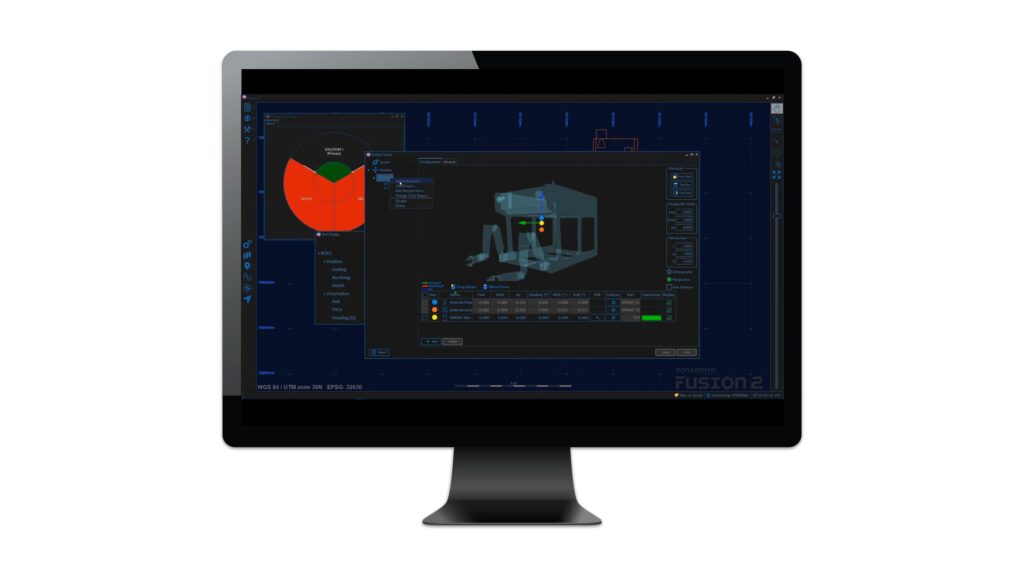
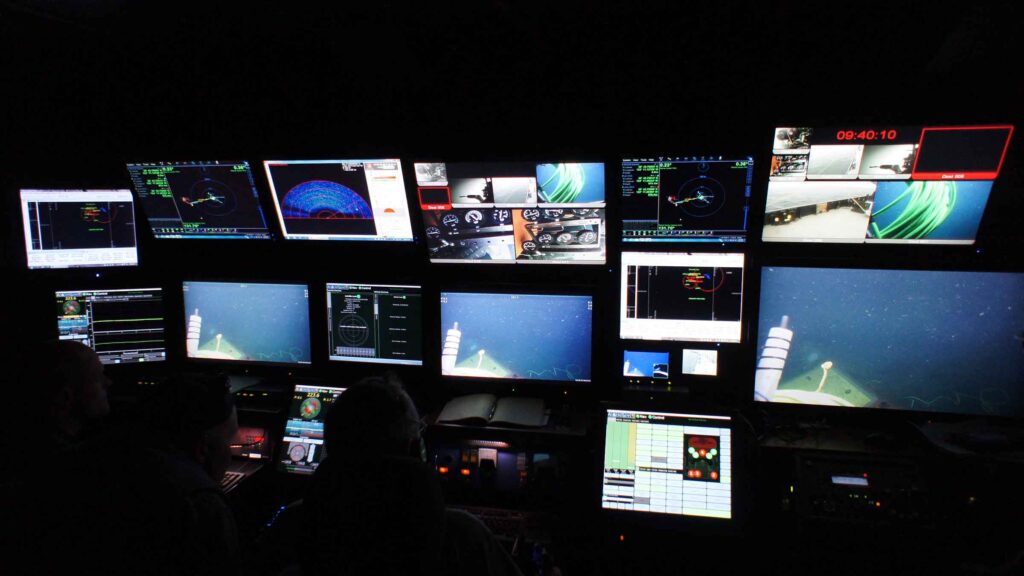
Specifications table
| Feature | Specification | |
|---|---|---|
| Processor | Intel i7 8700T Hexacore 2.4 GHz | |
| RAM | 8 GB 2666 MHz DDR4 RAM (non-ECC, un-buffered) |
|
| Hard drive | Single 512 GB industrial grade SSD | |
| Drives | Additional 2.5” SATA drive bay | |
| Ports | 1x DVI, 2 x DisplayPort 1.2, 2x USB 3.1 Gen2, 4x USB 3.0, 2x USB 2.0, 4 x RS232/422/485 serial ports (with auto flow control), 1x PS2 port, 1x Line in, 1x Mic in, 1x Phone jack 3.5mm, External Fan port, external power port, external reset port |
|
| Network | 2x 1 Gbps Ethernet | |
| Power in | Auto sensing ac voltage: 115/230 V, 60/50 Hz Max power input: 221 W Input current: 2 A @ 230 V |
|
| Audio | Realtek® ALC888 high definition audio | |
| Video | Supports triple independent display | |
| Environmental specifications | Operating temperature, storage temperature, relative humidity Vibration Shock |
-15 to 70ºC (5 to 158°F) -15 to 70ºC (5 to 158°F) 95% @ 70°C (non-condensing) 5 Grms, 5–500 Hz, 3 axes according to IEC60068-2-64 50 Grms, half-sine 11 ms duration according to IEC60068-2-27 |
| Intended use | Indoor use (including bridge), altitude up to 2,000 m, continuous operation | |
| EMC | Immunity & Emission EN 60945 & DNVGL-CG-0339 compliant |
|
| Dimensions (WxDxH) | Unmounted | 227 x 261 x 88 mm (8.9 x 10.3 x 3.5”) |
| Shelf mounted | 482 x 423 x 88 mm (19.0 x 16.7 x 3.5”) | |
| Weight | Unmounted | 4.3 kg |
| Shelf mounted | 10.5 kg | |
| Options | 265-5831 | 512 GB SSD |
| 650-0219 | Connector pack (1x dc power terminator, 1x SW reset terminator, 1x reset terminator, 1x fan terminator) |
Frequently asked questions
Datasheets
Manuals and quick start guides
Technical bulletin
Overview
With a high manufacturing tolerance combined with a pop-up ‘tell-tale’ flag that provides visual confirmation the transponder is precisely docked, our stab and receptacle saves times and improves the accuracy of subsea construction.
Using our stab and receptacle, the traditional method of rotating of a stab in a hub during metrology operations to determine stab-to-receptacle slop, can be eliminated. With this time consuming task removed, acoustic metrologies have the potential to be completed in less than six hours.
The tolerance of the design allows for 0.1° for heading and 0.01° for pitch/roll which is the same quoted error of a calibrated Gyro Compatt 6. This improves the results of the metrology or other positioning tasks and reduces the need for error determination of the stab/receptacle.
At a glance
- Allows you to accurately align transponders on structures
- Perfect for installation during metrology campaigns
- Allows transponders to be quickly removed and re-installed using ROV
- Two stab variants available to bolt onto either Inclinometer Compatts or Gyro Compatts
- Can be fitted on the back deck using existing hole patterns
- Tell-tale indicator confirms the stab is fully docked into the receptacle
The receptacle is designed to bolt into the eight bolt hole pattern of the industry standard 8” AWWA Class D flange. This allows the user to either bolt this flange onto the structure or to provide bolt holes in the structure itself. After dimensional control techniques to determine the relationship of the bolt holes in relation to the structure points of interest (jumper hubs, CRP, spool flanges, etc), the receptacle can be bolted in with known offsets to these points. This allows fast and precise inferred metrology to one or multiple hubs or flanges from a single receptacle.
The receptacle features a 45° cone in which the stab sits. This reduces the possibility of debris building up on the interface between the two and allows for a more precise connection due to the point of contact being exactly circular regardless of any small expansion/contraction effects.
The stab also features an alignment bar rather than alignment pins to aid docking and provide superior heading alignment. An O-ring on the stab shaft assists in ensuring the two are precisely mated.
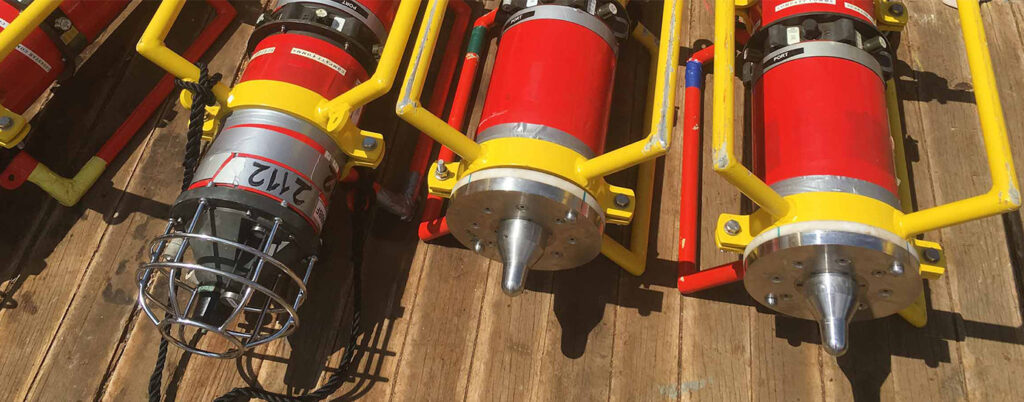
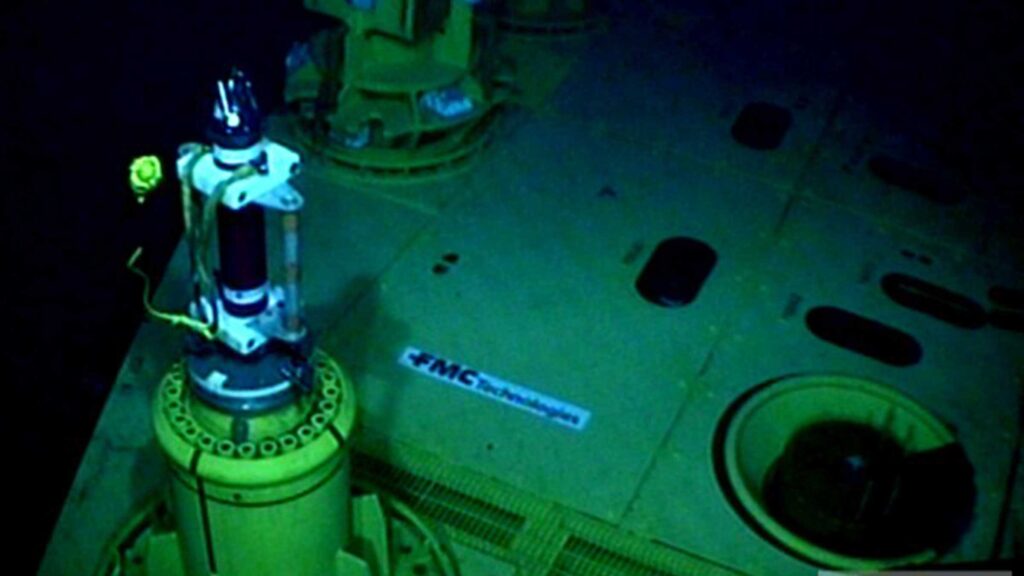
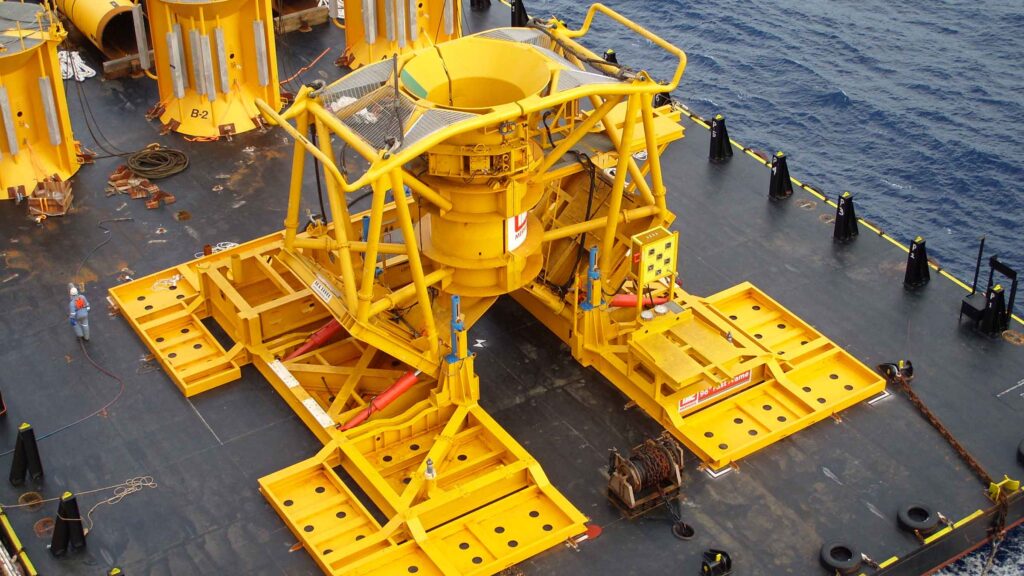
Specifications table
| Feature | Receptacle Type 8300-250 | Stab Type 8300-240 | Stab Type 8144-150 |
|---|---|---|---|
| Compatible Products | Stab 8300-240 & 8144-150 | Inclinometer Compatt 5 & 6 | Gyro Compatt 6 |
| Outside Diameter | 343 mm | 185 mm | 185 mm |
| Maximum Height | 100 mm | 164 mm | 164 mm |
| Stab face to Flange Face | 76 mm | 76 mm | 76 mm |
| Mechanical Construction | Acetal (Delrin) | Super duplex stainless steel | Super duplex stainless steel |
| Bolt Hole PCD | 298.45 mm | n/a | n/a |
| Tell-tale | Removable | n/a | n/a |
| Attitude Tolerance | Heading 0.1°, Pitch / Roll 0.01° | Heading 0.1°, Pitch / Roll 0.01° | Heading 0.1°, Pitch / Roll 0.01° |
| Alignment Quadrants | Four (0°, 90°, 180°, 270°) | Four (0°, 90°, 180°, 270°) | Four (0°, 90°, 180°, 270°) |
Datasheets
Did you know?
There are two stab variants available to be used with either Compatts or Gyro Compatts
Overview
Mini-ROVNav 6+ is designed to be significantly lighter and smaller than our standard ROVNav 6+ instrument, whilst providing full 6G LBL capabilities.
This makes it particularly suitable for inspection-class ROVs as well now uncrewed surface vessels (USVs) which can be configured to undertake routine LBL operations over-the-horizon from your survey vessel.
Its full support of Wideband 2 signal processing techniques offers long range and robust acoustic performance in challenging conditions such as on noisy vehicles or in multi-path environments.
At a glance
- Use it with Fusion 2
- Perfect when ROV space is limited
- USBL mode for emergency relocation
- Lightweight and easy to install
- Modem mode for data recovery from AMTs and Fetch instruments
Mini-ROVNav 6+ is also a fully compatible USBL responder or transponder compatible with Sonardyne Wideband 1 and 2 USBL systems and HPR 400. The internal Li-ion rechargeable battery pack also enables emergency transponder mode, so if the umbilical and therefore power is cut to the ROV it can still be located using a vessel equipped with a USBL system.
The integrated omni-directional MF transducer has a hemispherical beam pattern which is ideal for acoustics to an array and to a vessel alike.
Mini-ROVNav 6+ is fully compatible with our modem and logging equipment such as AMT and Fetch products, allowing it to be used to retrieve data or configure logging regimes. Data rates of between 100 to 9,000 bps user data rates can be supported depending on the environment.
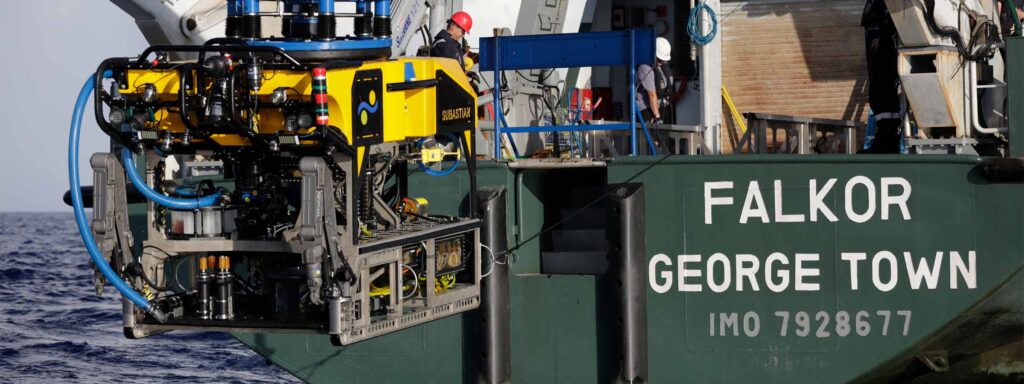
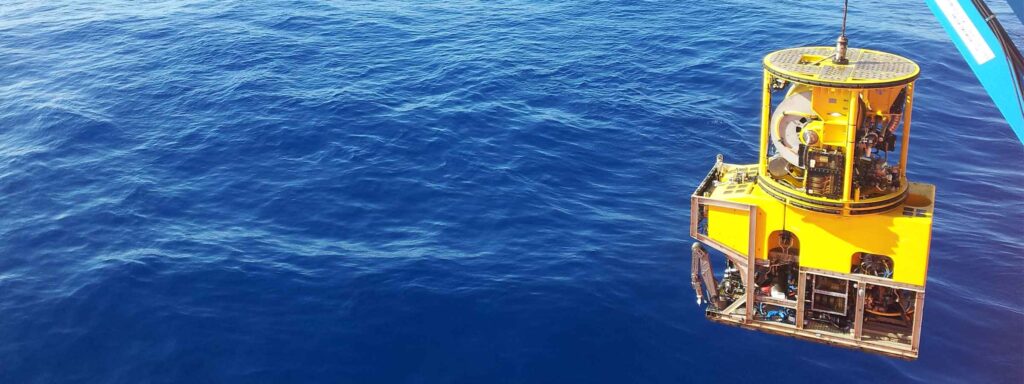
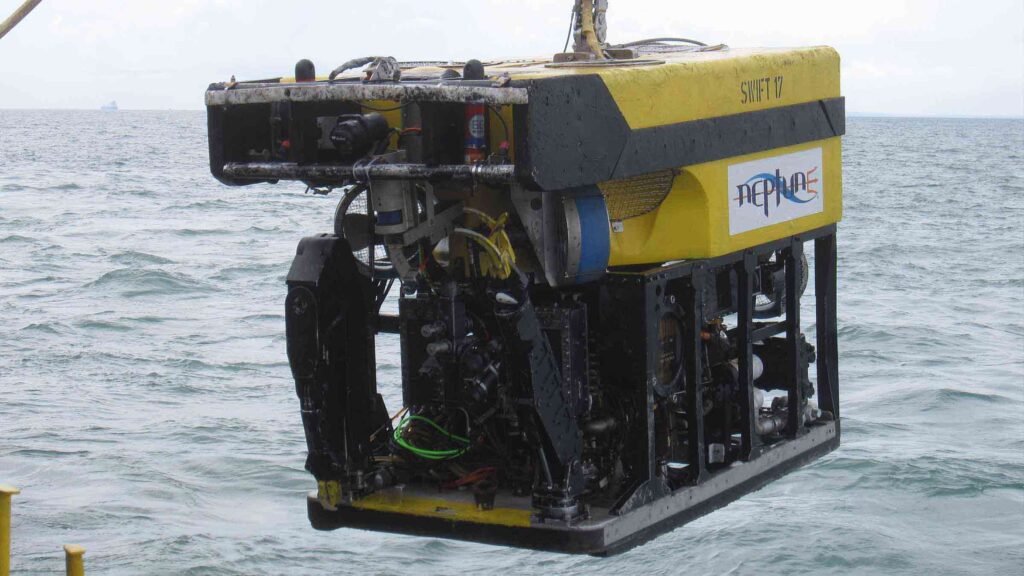
Specifications table
| Feature | Type 8240 | |
|---|---|---|
| Depth rating | 3,000 m | |
| Operating frequency | MF (20–34 kHz) | |
| Transducer beam shape | Omni-directional | |
| Transmit source level (dB re 1 µPa @ 1 m) | 181–187 dB (2 levels) |
|
| Tone Equivalent Energy (TEE) | 187–193 dB | |
| Receiver sensitivity (dB re 1 µPa) | 90–120 dB | |
| Range precision | Better than 15 mm | |
| Operating voltage | 24 or 48 V dc (±10%) | |
| Serial communications | Primary port: RS232 (9,600 – 115,200 baud) | |
| Responder input | 4 V to 24 V, >0.5 ms duration |
|
| Release output | 12 V (250 mA rated) |
|
| Battery life (listening) Li-ion | >7 days | |
| External power | Active (listening) | <2 W |
| Battery charging | <6 W | |
| Peak (during transmission) | <50 W | |
| Mechanical construction | Hard anodised aluminium alloy and stainless steel connectors | |
| Serial communications bulkhead connector | MCBH8M | |
| Dimensions (length x maximum diameter) | 501 x 93.5 mm | |
| Weight in air/water | 5.1/2.2 kg | |
| Operating temperature | -5 to 40°C | |
| Storage temperature | -20 to 55°C | |
| Sensors | ||
| Temperature (±0.25°C) | Standard | |
| Strain gauge pressure sensor (±0.25% FS) | Standard |
Frequently asked questions
Software and firmware
Datasheets
Did you know?
Mini ROVNav 6+ can be used with Fusion 2 software
Overview
NSH is a 2U high rack-mounted unit that is the interface between your in-water deployed transponders, vessel-mounted transceiver and Marine Computer which runs Ranger 2 USBL or Marksman LUSBL software applications.
In addition to accurately time-stamping incoming data from external devices such as gyro, VRU and GNSS, the NSH also provides power and communications for ship-borne acoustic transceivers such as HPT 5000 or HPT 7000.
A range of hardware interface cards are available for interfacing Sonardyne transceivers and external sensors. By simply plugging these cards into the rear of the unit, the role of the Navigation Sensor Hub can be transformed from supporting simple to complex acoustic operations.
The NSH includes an IEEE-1588/PTP precision time source that can be linked to GPS PPS input. Multiple NSHs automatically synchronise their clocks. All incoming data is time stamped to sub-microsecond accuracy – outgoing transmissions and triggers can be scheduled to the same precision.
Depending on the application (DP, drilling or survey operations), the NSH can be configured in stand-alone, dual-independent or dual-redundant modes.
At a glance
- Use it with Ranger 2 and Marksman LUSBL systems
- Interfaces vessel’s acoustic instruments with operating software
- Time stamps gyro, VRU and GNSS data
- Offers up to 16 serial ports (RS232/485)
- Configurable for dual independent applications
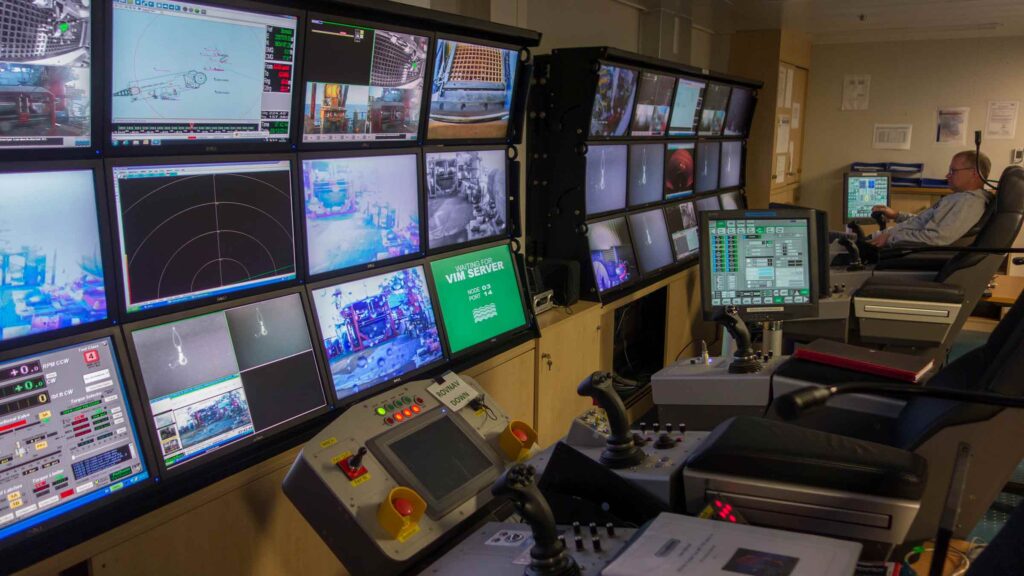

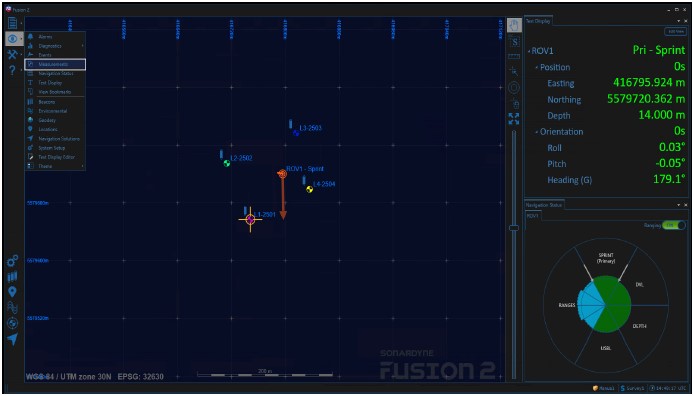
Specifications
| Feature | Type 8098 | |
|---|---|---|
| Processor | Freescale PowerQUICC™ II Pro Processor running at 1000 MIPS | |
| Memory | One single SO-CDIMM DDR2 PC4200 512MB Module | |
| Motherboard | Proprietary Sonardyne Type 8098-046 | |
| Ports and Connectors | AC IEC power connector socket | |
| 12 x Interface card connectors | ||
| Power Supply | Auto sensing ac input voltage: 100-240 V, 50/60 Hz | |
| Max current: 2 A @ 240 V, 4 A @ 110 V | ||
| Ave. operating current: 0.32 A @ 240 V | ||
| Environmental Specifications | Operating | -5 to 40°C (23 to 104°F) |
| Storage | -20 to 55°C (-4 to 131° F) | |
| Relative Humidity | 20–80% (non-condensing) | |
| Shock | 10 G acceleration peak to peak | |
| 5–17 Hz, 0.1” double amplitude displacement | ||
| 17–640 Hz, 1.5 G acceleration peak to peak | ||
| Safety | Complies with EN61010-1 | |
| EMC | Complies with Immunity & Emission requirements of EN60945 | |
| Dimensions (Length x Width x Height) | 384 x 482 x 88 mm (15.1 x 18.9 x 3.4”) |
Frequently asked questions
Software and firmware
Software and control hardware
Datasheets
Manuals and quick start guides
Did you know?
NSH can be used with Ranger 2 and Marksman LUSBL systems
Overview
Acoustic release transponders are a vital piece of ocean equipment – relied upon by energy, defence and science users to moor valuable equipment strings for years at a time, and when commanded to do so, reliably return equipment and logged data to the surface.
Transponders need to be tough, reliable and easy to work with. RT 6-6000 meets these requirements.
Part of our new range of acoustic releases, RT 6-6000 combines the extensive mechanical design track record of our renowned ORTs and DORTs with the flexibility of our 6G platform, resulting in enhanced battery life and perhaps most significantly, compatibility with our Ranger 2 USBL family
With RT 6-6000, you can use your vessel’s Ranger 2 USBL to deploy, track, locate and command the instrument – removing the need for a separate topside unit. If you don’t have access to a Ranger 2 USBL, our rugged and lightweight Deck Topside with an over-the-side dunker is all you need to both configure and command RT 6-6000s.
At a glance
- Tested, loaded, deployed and released using Deck Topside
- Also works with Sonardyne Ranger 2 USBL to deploy, track and command in very deep water
- Highly reliable release mechanism design and thousands are in service globally
- Working Load Limit 1,275 kg (4:1)
- Depth rated to 6,000 m
- External battery disconnect to maximise battery life with no need to open unit
- Compact and rugged design
RT 6-6000s are most commonly used to anchor oceanographic moorings to the seabed. However, their compact size and compatibility with Ranger 2 makes them ideal for incorporation into instrument frames or lowered platforms to enable deployment of sub-system packages.
Standard features include a Working Load Limit of 1,275 kg (at 4:1) and a spring-assisted release mechanism. RT 6-6000 is compatible with our standard tandem and high-load release frames for scenarios requiring a higher WLL. Speak to us about your requirements as custom frames are also an option.
A battery disconnect fob is located on the transducer and uses an internal magnetic switch to electronically disconnect the battery when not in use. This means you do not have to open the unit to manually disconnect the battery, saving time and reducing the risk of incorrect re-assembly.
RT 6-6000s use the same trusted spring-assisted release mechanism that has been in service for many years and used on thousands of Sonardyne transponders globally.
Choice of topsides
You can use our rugged Deck Topside, or if you’ve got access to a Ranger 2 USBL system on your survey or research vessel, then you have everything you need to control your RT 6-6000.
Versatile
RT 6-6000 is more than just an acoustic release. It can be tracked with our Ranger 2 USBL making relocating and recovering it fast and simple.
High WLL
Use it with our Heavy-Duty Release Frames and significantly increase your Working Load Limit when deploying seabed structures.
Support
You can find a wide range of support articles for our family of acoustic release transponders on our knowledge base.
Specifications table
| Feature | Type 8321-6250 |
|---|---|
| Depth Rating | 6,000 m |
| Operating Frequency | LMF (14–19 kHz) |
| Transducer Beam Shape | Hemispherical |
| Transmit Source Level (dB re 1 µPa @ 1 m) | 188 dB |
| Tone Equivalent Energy (TEE) | 192 dB |
| Receive Threshold (dB re 1 µPa) | <90 dB |
| Working Load Limit (4:1) | 1,275 kg |
| Proof Load | 2,550 kg |
| Breaking Load | 5,100 kg |
| Maximum Safe Release Load | 1,700 kg |
| Battery Life (Alkaline) | >32 months |
| Inclinometer Accuracy | ±5° |
| Surface Unit | Deck Topside, Ranger 2 USBL |
| Mechanical Construction | Aluminium bronze and duplex stainless steel |
| Operating Temperature | -5 to 40°C |
| Storage Temperature | -20 to 55°C |
| Dimensions (Length x Diameter | 700 x 142 mm (27.5 x 5.6”) |
| Weight in Air/Water | 20/15 kg |
| Standards | CE Marked to EN-60945, EN-61010 |
| Options | Deep Water Deck Kit (Deck Topside) – 602-0180 |
| Heavy Duty Release Frames (7.5 T, 15 T and 25 T) |
Frequently asked questions
What is an Acoustic Release and how does it work?
Why isn’t serial communication available using the iWand in RT 6 Dunker Mode?
6G Terminal Lite Range Test
What is the safe working load for different RT 6 products?
What should I use instead of an ORT and DORT?
How to correctly set an RT 6-6000 release mechanism
How to change the battery on an RT 6-3000 or RT 6000
How to load the release on an RT 6-3000 and RT 6-6000
Which RT 6 is correct for my operations?
How to release an RT 6 acoustic release transponder using Ranger 2
How long can an RT 6-3000 and RT-6 6000 be deployed for?
Deployment
STP files
Software and control hardware
Manuals and quick start guides
Did you know?
RT 6-6000 can be used with our Ranger 2 USBL family or Deck Topside
Overview
Designed for the deployment of our range of USBL and modem transceivers (including Gyro USBL) and Sentinel IDS sonar heads, our through-hull machine provides survey grade rigidity for use with USBL systems up to seven knots (total through water speed) with the ability to survive short duration exposure to higher speeds.
Where the pole is required to be longer than three metres, or where operational water currents may reach 10 knots (total through water speed), the pole must be installed using our heavy duty installation requirements. For specialist or demanding applications, machines of this general type can be custom engineered to suit customer specific requirements. Please consult us if your application has an operational through water speed greater than seven knots.
The machine consists of an electronically controlled but hydraulically operated pole running through a sealed bearing section. A service section (or sea chest) is provided with inspection door to allow fitting and servicing access to the transceiver or sonar head. It is designed to fit on to DN350 and DN500 gate valves however, other gate valves are also supported.
The machine can be controlled from a main control panel or locally at the machine. A bridge control is also available as an option. Hydraulic control of the gate valve is provided as an option. The hydraulic power pack and main control can be mounted remotely if the machine is to be configured for Zone 1 Ex rated classification.
The standard machine can be configured to the meet individual vessel requirements by changing the height of the machine and providing adaptor flanges for different size or specification gate valves. We can provide detailed application advice on positioning, installing and commissioning your machine.
At a glance
- Allows you to deploy instruments from your vessel with maximum performance
- Optimised for Ranger 2 USBL (including HPT modem configurations), Marksman LUSBL, Modem and Sentinel IDS systems
- Choice of through-hull, through-tube and over-the-side designs
- Global track record on all types of vessel: new build and retrofit
- Options for permanent or short term installations on vessel-of-opportunity
Over-the-side
Our modular, over-the-side deployment machine is for vessels where through-hull deployment is not available or practical, or where a temporary installation is required on a vessel-of-opportunity. The design still provides survey grade rigidity without the high cost of dry docking and fitting a gate valve. It can work at operational speeds of up to five knots without degrading USBL positioning performance and to have a survival speed of up to ten knots.
Based on a pivoting sectional pole, the system can be supplied with either a hull or deck mount for the pivot, depending on the vessel arrangement. A brace/lock assembly positioned near the water line and three or four pole sections bolted together to form the arm such that the transceiver on the end of the arm is positioned below the hull by at least 1.5 m. The lower portions of the sectional pole are faired to mitigate against vortex induced vibration which can reduce performance.
The system is not limited to deploying Sonardyne instrument. We can custom engineer adapters for the end of the pole to accommodate third-party sensors.
Through-tube
Popular on very large vessels including drilling rigs, our through-tube deployment machine consists of a hydraulically operated pole, a sealed bearing section and a sea chest service section, with inspection door. The whole machine sits on a gate valve which in turn is mounted on the flange of a through hull penetration pipe.
The ideal deployed length is dependent on your particular application, but in general terms it is best to minimise the deployed pole length to achieve a specified acoustic performance. Typically, a length of between one and three metres below the hull has been found to be acceptable. The pole is very rugged and is designed to be highly resistant to vibration caused by vortex shedding. Operational speeds of up to ten knots through the water may be achieved safely with the ability to survive short duration exposure to higher speeds.
We provide detailed application advice on positioning, installing and commissioning the machine. The sea chest, when the gate valve is closed, provides easy access to the retracted transceiver or sonar for service and inspection purposes. The gate valve also allows the machine to be removed without dry docking. An optional hydraulic drive for the valve is available.
The machine can be controlled from a main control panel or locally at the machine. A bridge control is also available as an option. The hydraulic power pack and main control can be mounted remotely if the machine is to be configured for Zone 1 classification. The standard form of machine can be simply configured to the meet individual vessel requirements by changing the height of the machine and providing adaptor flanges for different size or specification gate valves.
For specialist or demanding applications, machines of this general type can be engineered to suit your specific requirements.
Through-hull
Choose this machine if you’re permanently installing a Sonardyne system on your vessel. Can be retrofitted in existing vessels as well as new.
Over-the-side
Choose this machine if you’re using a vessel-of-opportunity for a short-term project. Can be installed alongside in a harbour and is easy to transport.
Through-tube
Choose this machine if your large vessel has an existing stem tube that can be utilised. Machine is supplied in sections for easy on-site assembly.
Support
Our knowledge base boasts a wide range of articles from our customer support team about deployment machines – from how to protect them, to deployment machine maintenance.
Specifications table
| Feature | Type 7950 Through-Hull Transceiver Deployment Machine | ||
|---|---|---|---|
| Deployment Machine | Transducer Pole | Nickel based (Inconel 625) coated steel pole for corrosion resistance | |
| Guide Sealing Section | Contains bronze support bearings plus high integrity 2 stage seal | ||
| Service Section | Removable door access to the transceiver without the need to lift the machine | ||
| Operational Speed | Standard | 7 knots operational (15 knots survival) | |
| Heavy Duty | 10 knots, operational (15 knots survival) | ||
| Emergency Operation | Manual hand pump | ||
| Length | Maximum available deployed length is 3 m to face of transceiver | ||
| Weight | 1,200 kg | ||
| Gate Valve | Hydraulic drive available (DN350 and DN500 gate valves available on request) | ||
| Power Supply | Nominal 440 V 50-60 Hz 3-phase 3.0 kW (690 V 50-60 Hz 3-phase available) | ||
| Limit Switches | Sense position of the transceiver pole and the gate valve. Enable safety interlock | ||
| Hydraulic Power Pack | Dimensions (HxWxD) | 632 x 908 x 300 mm | |
| Weight | 60 kg | ||
| Tank volume | 50 litres Mobil DTE 24 | ||
| Working pressure | 100 bar operational (180 bar max.) | ||
| Main Control Cabinet | Dimensions (HxWxD) | 600 x 600 x 210 mm | |
| Weight | 25 kg | ||
| Supply | 24 V dc (internally generated from 440 V) | ||
| Local Control Box | Dimensions (HxWxD) | 300 x 150 x 159 mm | |
| Weight | 5 kg | ||
| Supply | 24 V dc from main control cabinet | ||
| Bridge Control (Optional) | As the local control box with dimmer control (flat plate version also available) | ||
| Certification | DNV, ABS, Lloyds, BV, CCS, RMRS (others on request) |
Frequently asked questions
Protect your deployment pole & vessel
How to bleed air from a Through-Hull Deployment Machine
Introduction to Through-Hull Deployment Machine
How to create an alarm to warn that the transceiver deployment pole has been left deployed
How to enter Transceiver & Lodestar Offsets for Optimised USBL
Do deployment machines require any kind of maintenance?
What type of grease does the Type 7950 through-hull deployment require?
What type of hydraulic oil does the Type 7950 through-hull deployment machine require?
Which USBL Deployment Machine is most suitable for my vessel?
Deployment
Resources
Software and control hardware
Datasheets
Did you know?
Our deployment machines have been optimised for Ranger 2 USBL, Marksman LUSBL, Modem and Sentinel IDS systems
Overview
Marker 6 is a low cost acoustic positioning transponder for when a compact design and deep operating capability are important operational factors. It enables targets such as underwater structures, vehicles or instrumentation packages to be marked, located or tracked using a Ranger 2 USBL system – Micro, Mini or Standard.
The instrument incorporates Near Field Communications (NFC) allowing for fast set-up. Its acoustic address can be selected from over 200 unique identities meaning that multiple Marker 6s can be deployed in close proximity to each other without causing interference.
At a glance
- Mark and relocate underwater equipment, vehicles and points of interest
- Compatible with all Ranger 2 USBL systems
- Depth rated up to 7,000 m
- More than 30 months’ listening life (lithium battery option)
- Over 200 unique acoustic addresses
On the backdeck, the address can be quickly programmed into each transponder using a suitable NFC enabled handset (including an NFC enabled Android™ handset with the Sonardyne NFC App) or a dedicated HF Radio Frequency Identification (RFID) reader.
Sonardyne Wideband signal encoding reduces the interference both on and by adjacent Sonardyne and other acoustic positioning systems.
The NFC link provides the ability to enter Marker 6 into a storage mode when not in use, thereby significantly increasing the overall battery endurance.
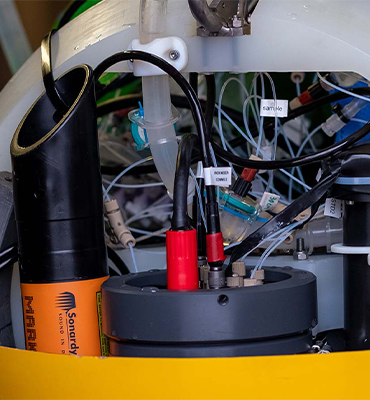
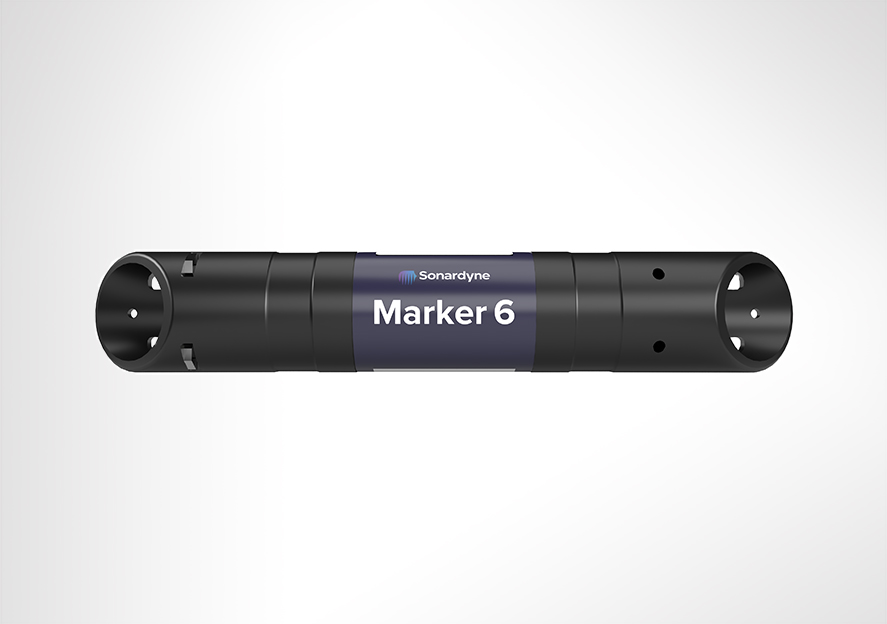
Specifications table
| Feature | Type 8326-4311 | Type 8326-7511 | |
|---|---|---|---|
| Depth Rating | 4,000 m | 7,000 m | |
| Operating Frequency | MF (20–34 kHz) | MF (20–34 kHz) | |
| Transducer Beam Shape | Omni-directional ±130º | Omni-directional ±130º | |
| Transmit Source Level (re 1 µPa @1 m) | 187 dB | 187 dB | |
| Inclinometer Sensor | ±5° | ±5° | |
| Battery Life (Continuously Listening) | Alkaline | >9.5 months | >9.5 months |
| Lithium | >30 months | >30 months | |
| Storage Mode (Battery Disconnect via NFC) | Alkaline | 5 years (battery self-discharge limited) | 5 years (battery self-discharge limited) |
| Lithium | >10 years (battery self-discharge limited) | >10 years (battery self-discharge limited) | |
| Operating Temperature Range | -5 to 40°C | -5 to 40°C | |
| Storage Temperature Range | -20 to 55°C | -20 to 55°C | |
| Mechanical Construction | Outer Housing | Polypropylene | Polypropylene |
| Inner Housing | Duplex stainless steel | Titanium grade 5 | |
| Dimensions (Length x Diameter) | 383.0 x 63.0 mm (15.1 x 2.5”) | 383.0 x 63.0 mm (15.1 x 2.5”) | |
| Weight in Air/Water | 2.0/1.3 kg | 1.5/0.7 kg |
Frequently asked questions
Software and control hardware
Datasheets
Manuals and quick start guides
Did you know?
Marker 6 is compatible with all of our Ranger 2 USBL systems
